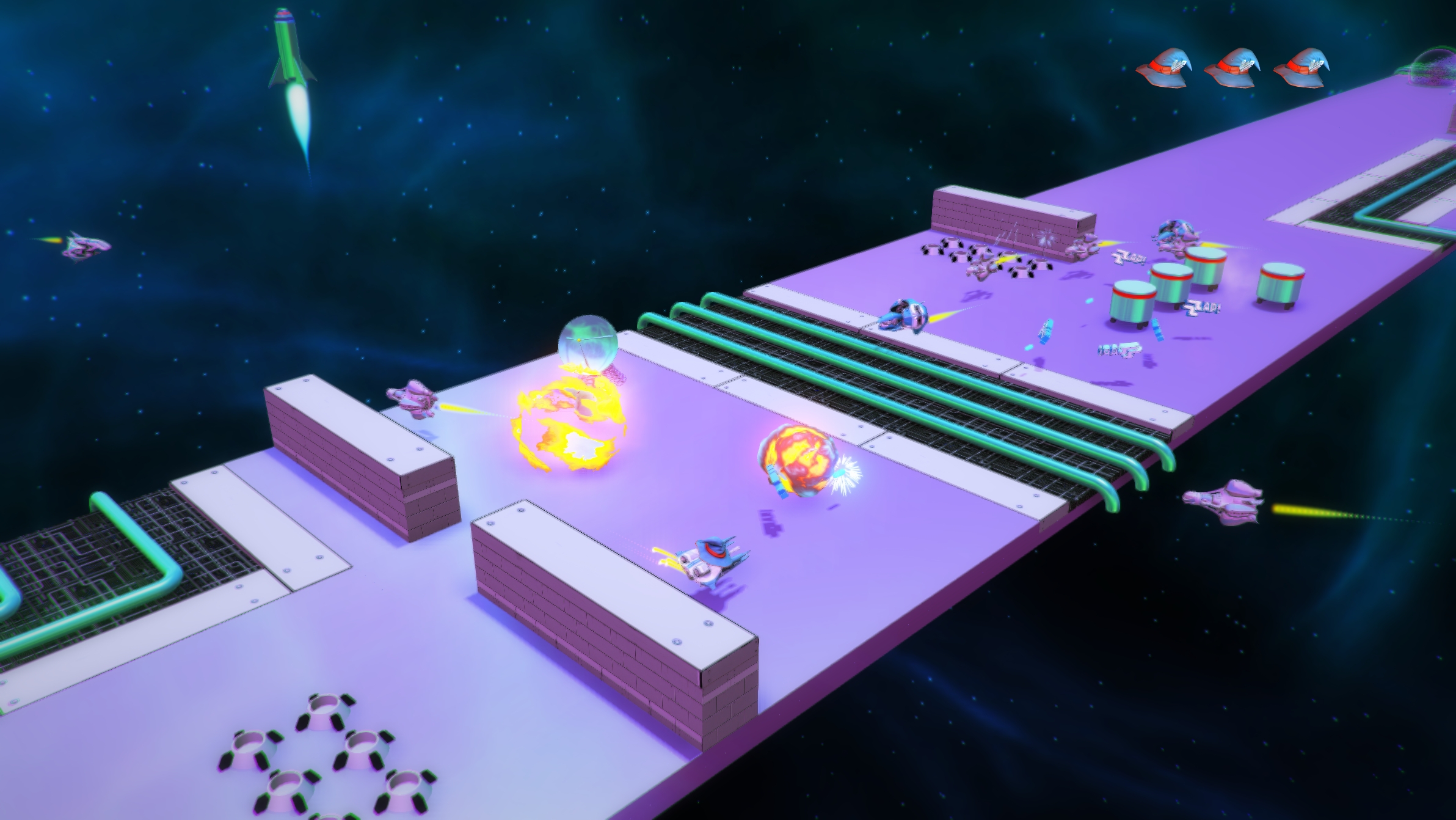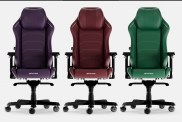The passion of Gareth Noyce, the founder of Triple Eh? Games, for Lumo is clear in virtually every detail of the game's design. Lumo is a throwback to a game-type that only got a slight toehold in the west with Solstice, the isometric room-based puzzle platformer. Noyce was a co-founder of Ruffian, of Crackdown fame and worked on Fable 2 as a programmer. Curiously, his Twitter profile lists him as a "Casualty of the Console Wars, Game Developer & DJ."
Lumo begins with few simple choices. Do you want to play the game on Classic Mode—which restricts the number of lives you have with no continues—or Adventure Mode with unlimited continues and a map? You can pick whether you want to be a young boy in a baseball cap or a girl in a baseball cap, and then your adventure begins. You move through the interior of a building passing by a small arcade Noyce has filled with unfinished and early games he and friends worked on (Neutrino, Ballzup, Llamatron, etc.). But when your boy or girl is sucked into a computer by a Tron-like laser, they are translated to another place and transformed into a black mage-looking protagonist who at first can barely jump.
This early section is all about mastering controls. Because Lumo is based on games where "up" meant the top of the room (to the diagonal up-and-to-the-left) and the other directions are coordinated against that (right is to the diagonal up-and-to-the-right, etc.), maneuvering around can take some getting used to if you're used to the typical control scheme. However, it's a lot easier to use these controls (with the D-pad) than the analog stick and normal up-down controls—which is all by design—to mimic the old isometric room-puzzlers of the '80s and '90s.
As a matter of fact, everything is meant to reference those games, right down to the stamped labels on wooden boxes saying ACG Limited (in reference to Ultimate Play the Game, the predecessor of Rare). The bouncing on bubbles is a tribute to Bubble Bobble, and one area with a robot and death-dealing toasters has a 1989 Rick Astley tribute song "Hold My Hand Very Tightly (Very Tightly)" from '80s British computer game magazine Your Sinclair's Whistling Rick Wilson, that was put on one of the cassette tapes that they distributed game demos on (seriously, computer games were, for a period of time, sold on cassette tapes) that Noyce got permission to put into the game.
Outside of the plethora of references (including one or two Noyce asked me not to mention), he wanted a new update on a classic genre. The formula is simple: The game has a series of rooms laid out as a kind of dungeon configuration that often involve traps, platforming puzzles, locked doors or elements that need to be turned on to pass through. Progressively working your way through the puzzle rooms opens up new areas and often turns on elements like conveyer belts, steam-venting boilers, bubble-producing toxic water, and float-inducing air vents.
One of the early puzzle rooms in Lumo's first stage was devious in a way that I hadn't seen since room-based puzzlers I remember from the early NES/Commodore era—the kind that Noyce said his playtesters and his game design class' students had told him were impossible. The puzzle involved a raised moveable block beneath the place you needed to get to, but had no clear indications on how to move it. After stumping me for a few moments, I eventually figured it out, as the my old gray matter that I'd used to solve those puzzles in my youth came back online.
I wasn't ready to be too self-congratulatory, though. After all, this was in the same stage that was designed to teach the player how to play the game. How much more devious will Noyce's design get over the "450 odd rooms" that he told me the game has to offer? That makes it much larger than the classic games, where space had been a major restriction. Additionally, he tipped me early to the game's secondary objective" discovering all the secret areas and mini-games. If you can get up on top of one of the walls, chances are you can find a secret area; often the question is how to get up there in the first place.
Gareth Noyce's specific enthusiasm for the isometric room-based puzzle platformer was clear in not just everything he said, but in the game's design itself; which feels fresh and modern. Even though the genre's heyday has long passed, Noyce is breathing new life into it with Lumo, which will release in April on PC, PS4, PS Vita, and Xbox One for $19.99.
Lumo
-
Lumo #1
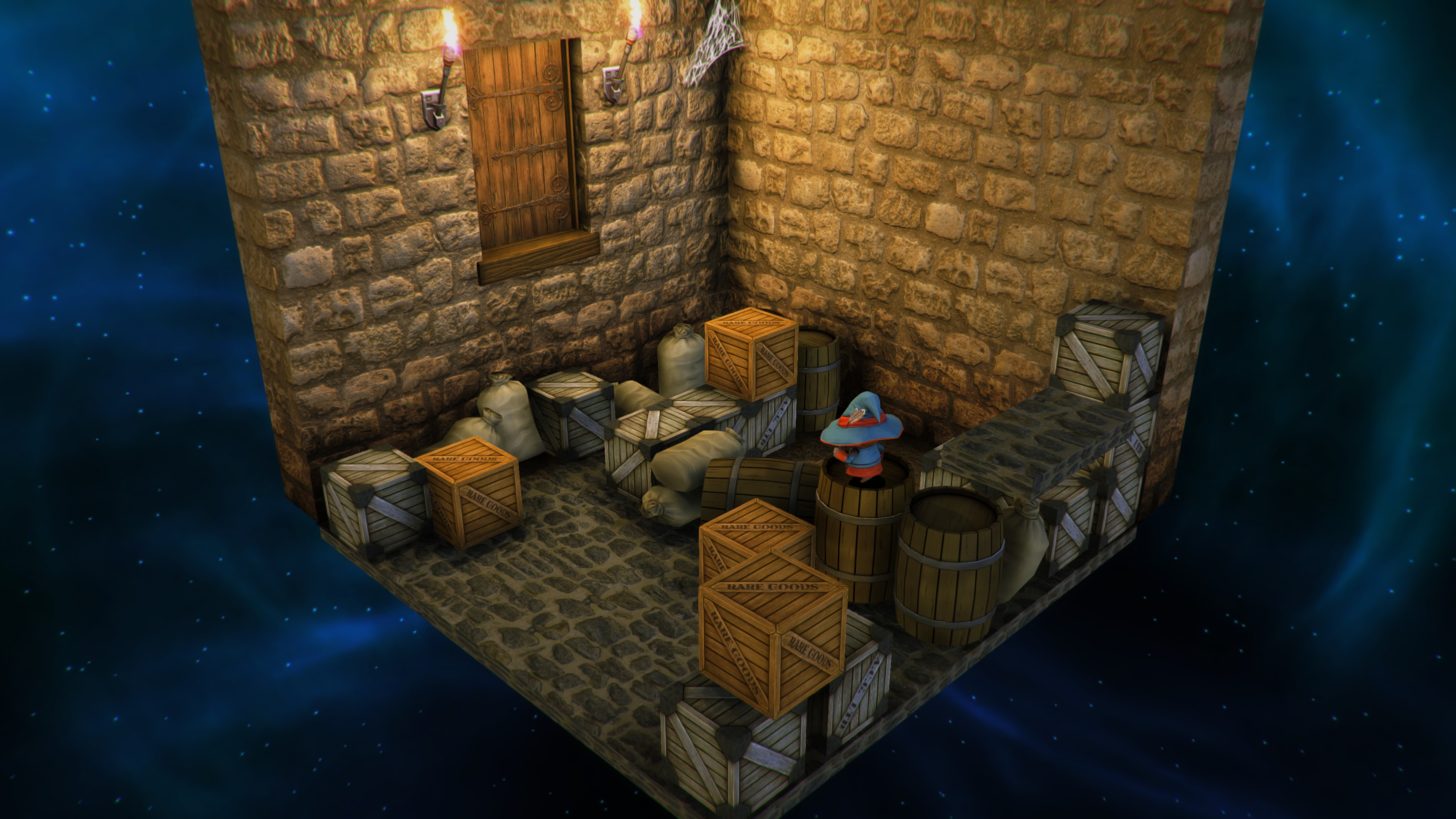
-
Lumo #2
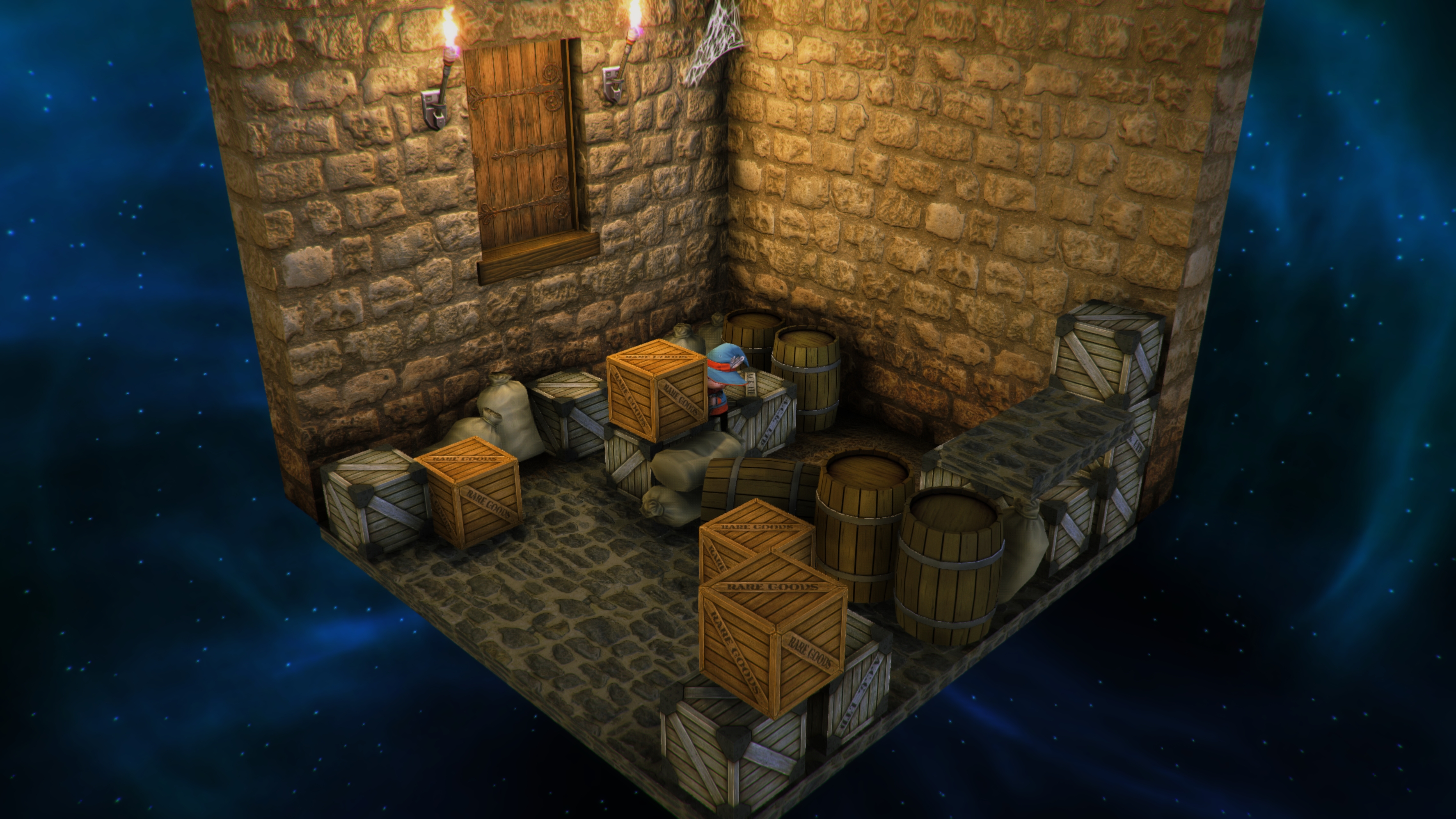
-
Lumo #3

-
Lumo #4
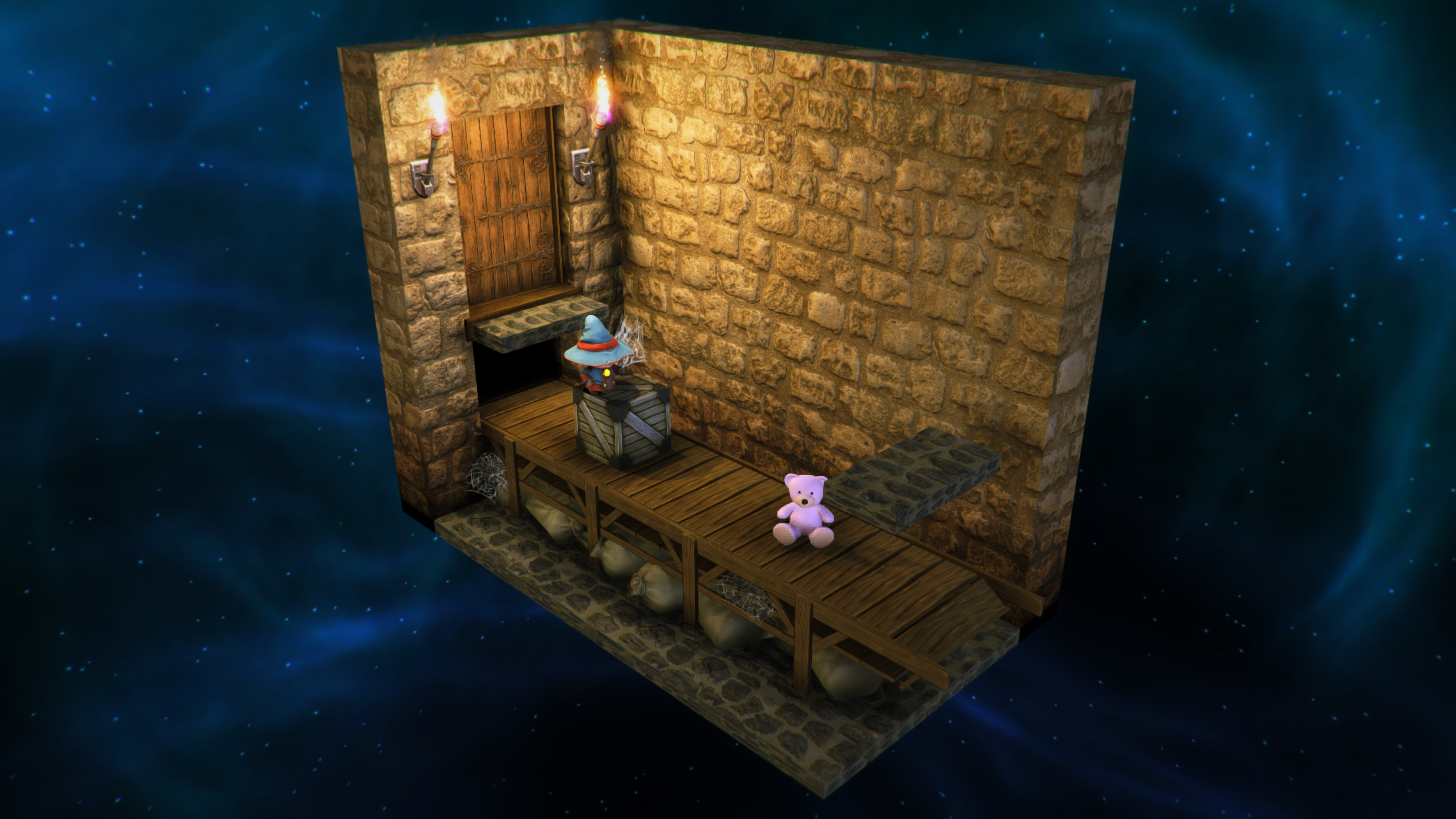
-
Lumo #5
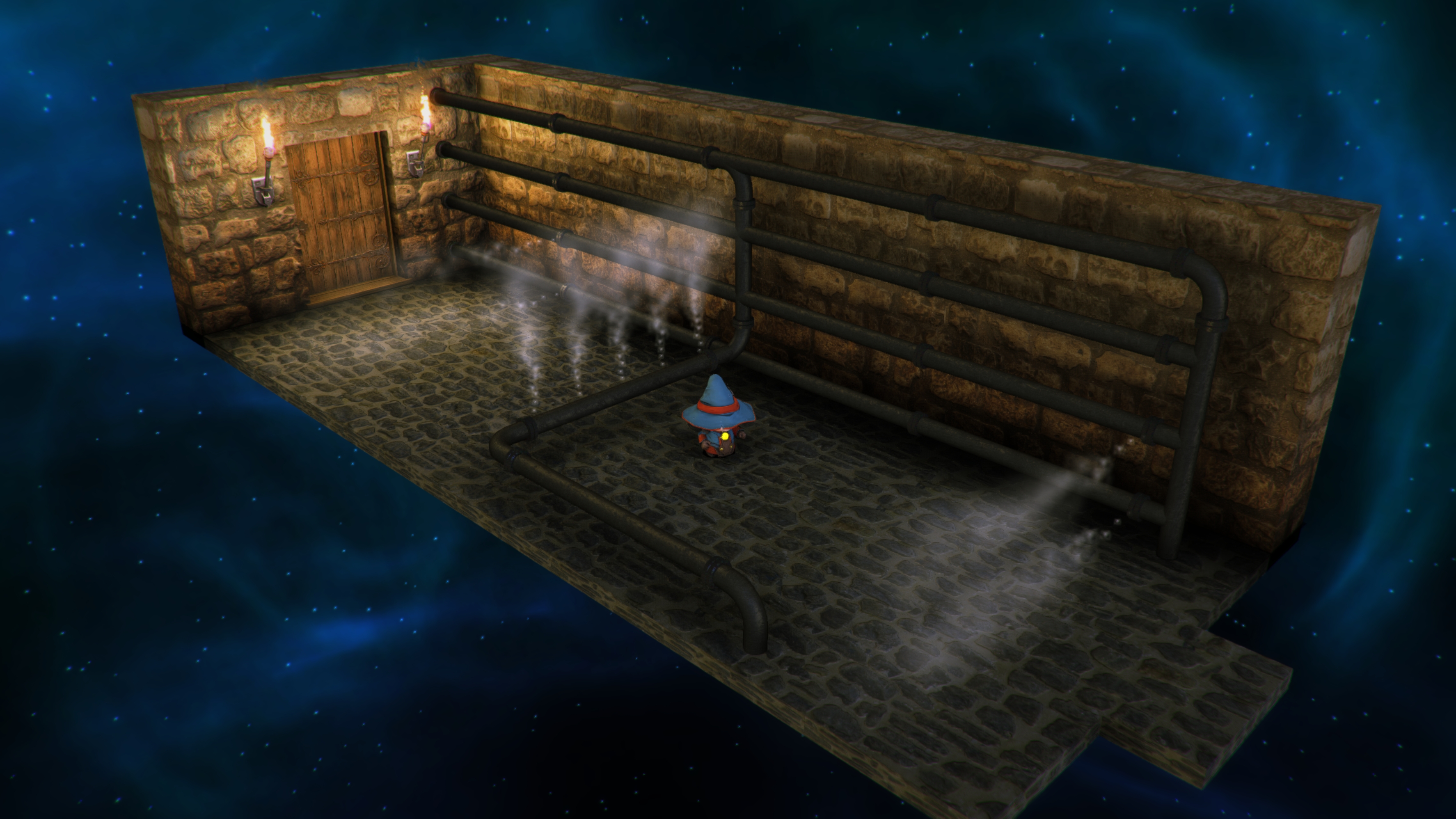
-
Lumo #6

-
Lumo #7
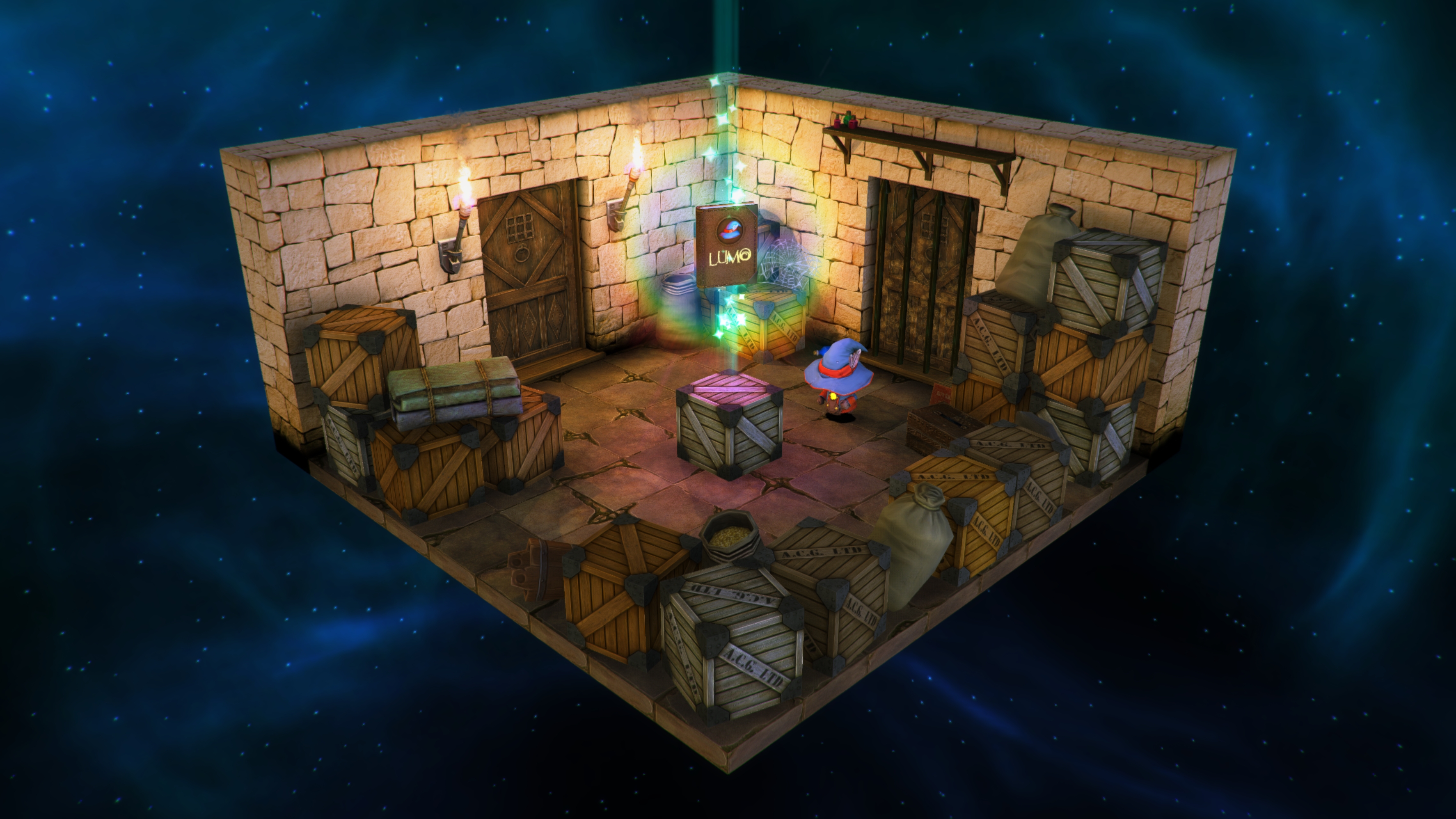
-
Lumo #8
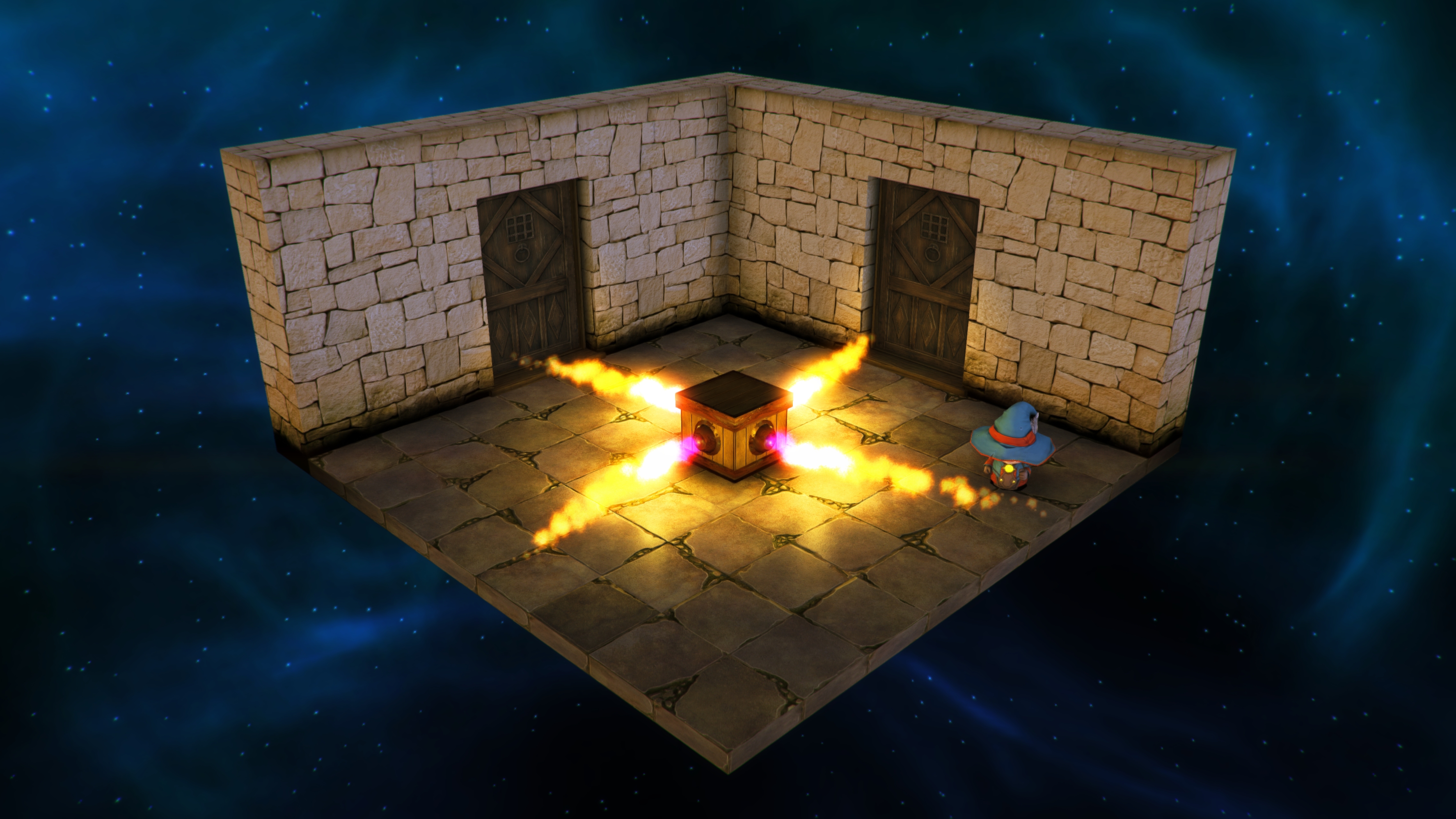
-
Lumo #9
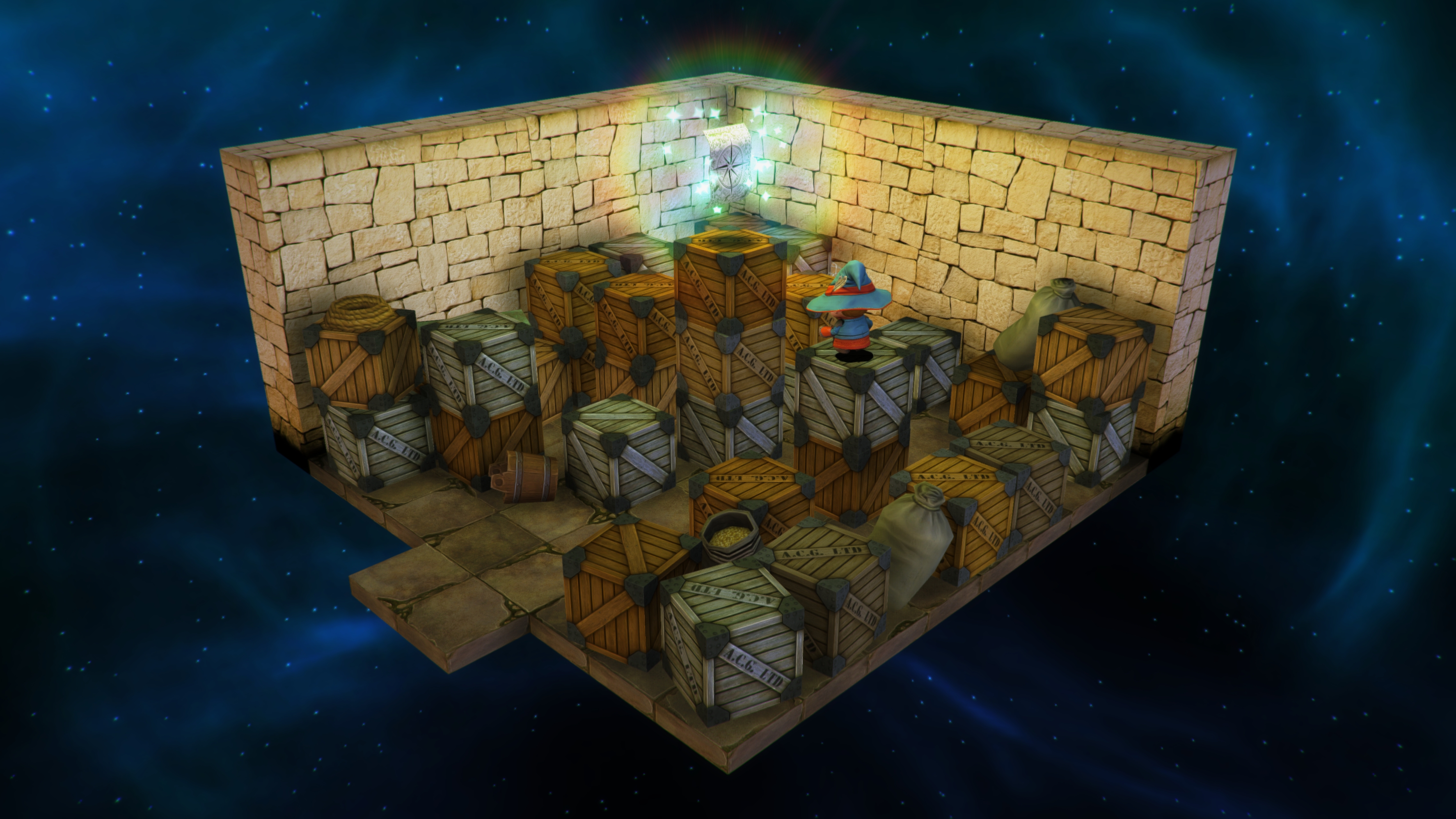
-
Lumo #10

-
Lumo #11
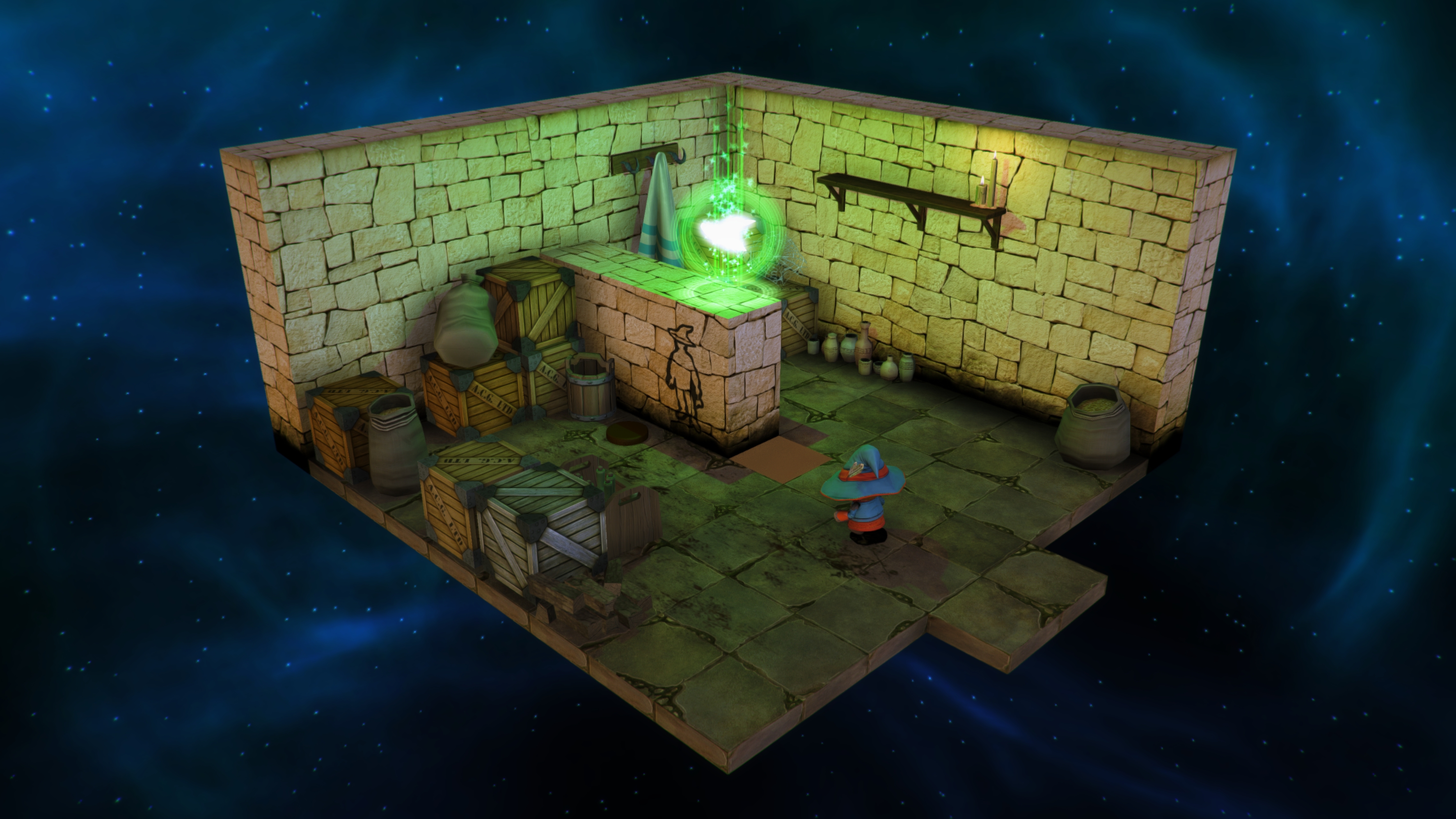
-
Lumo #12
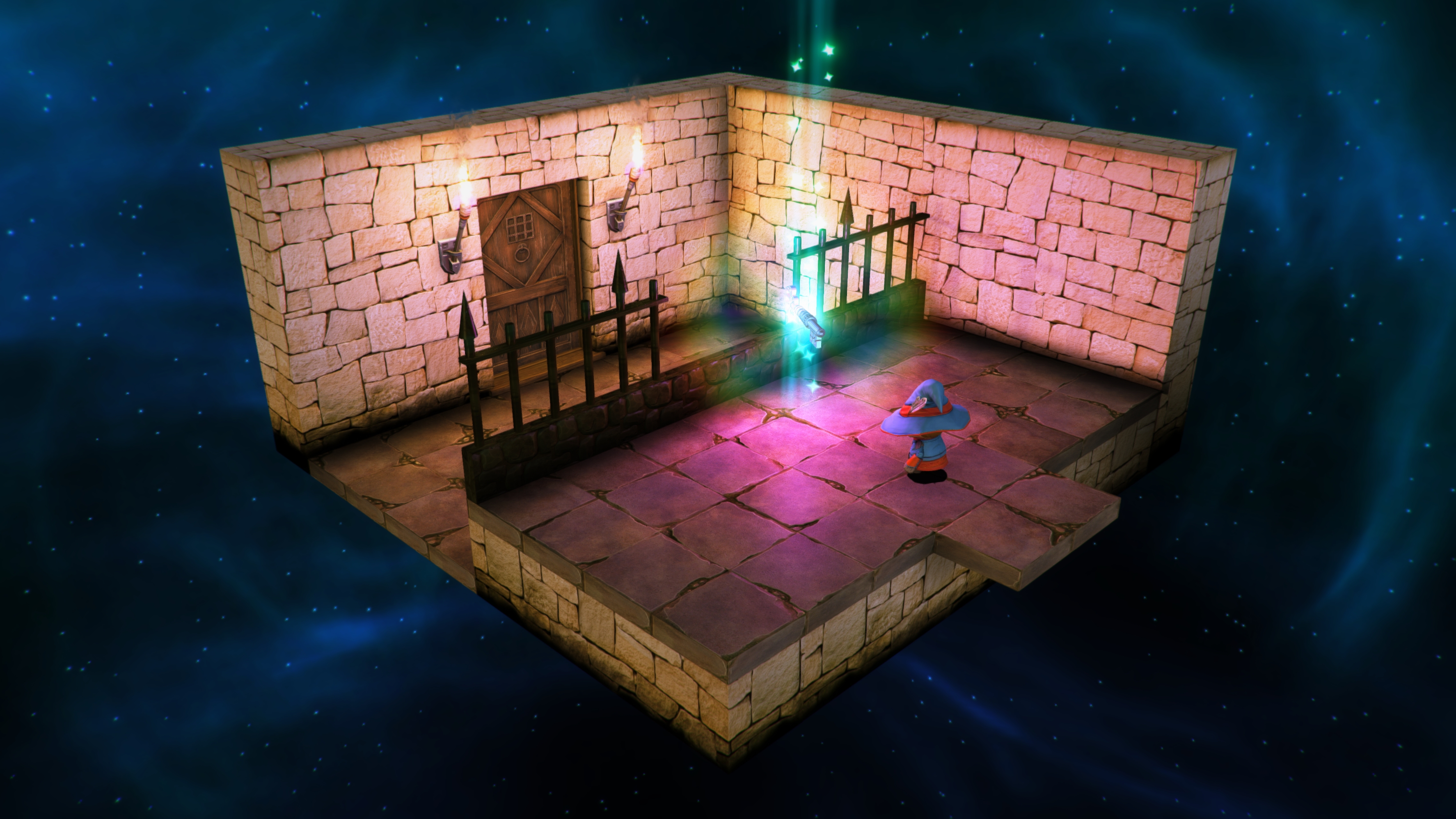
-
Lumo #13

-
Lumo #14
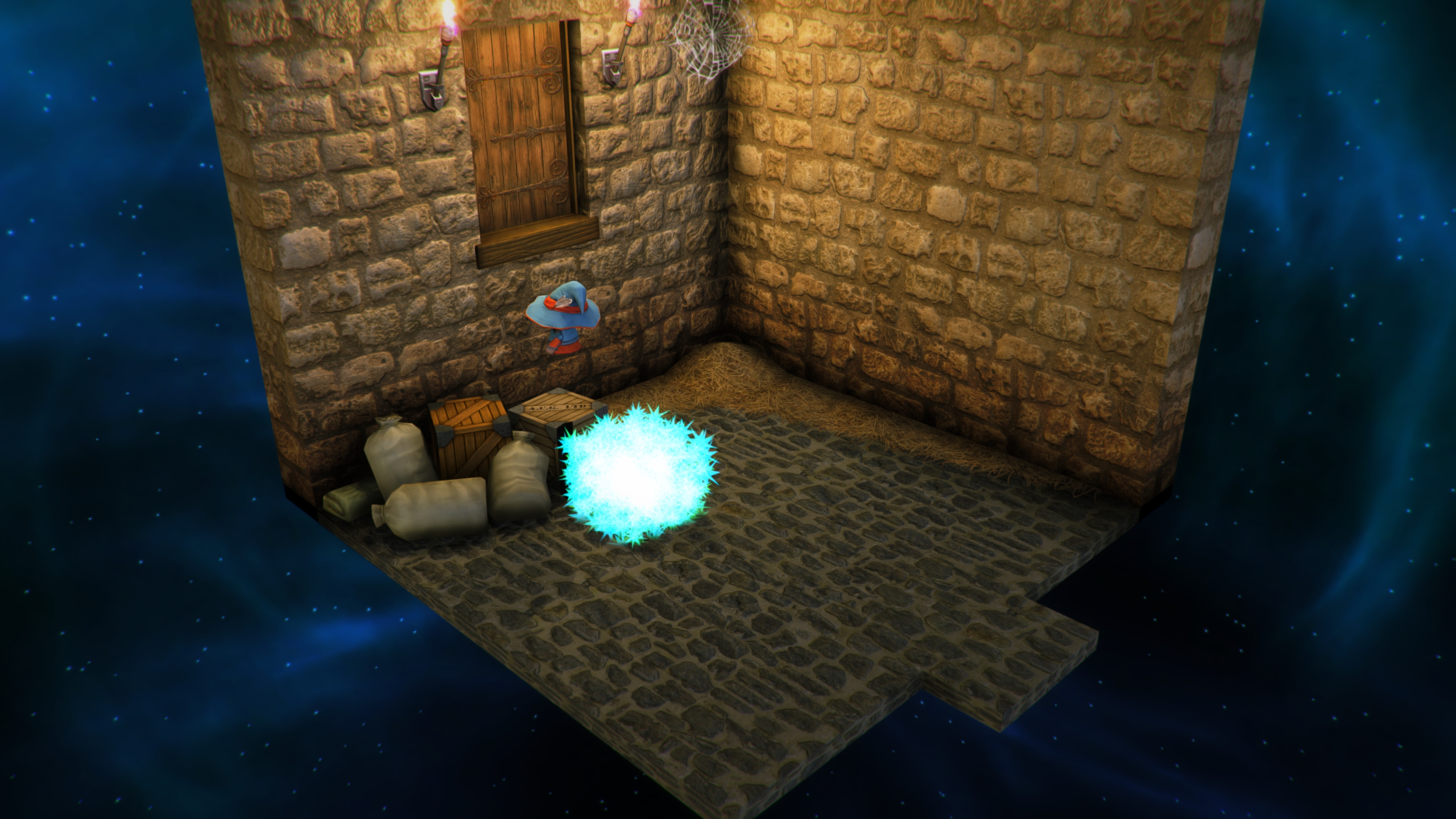
-
Lumo #15
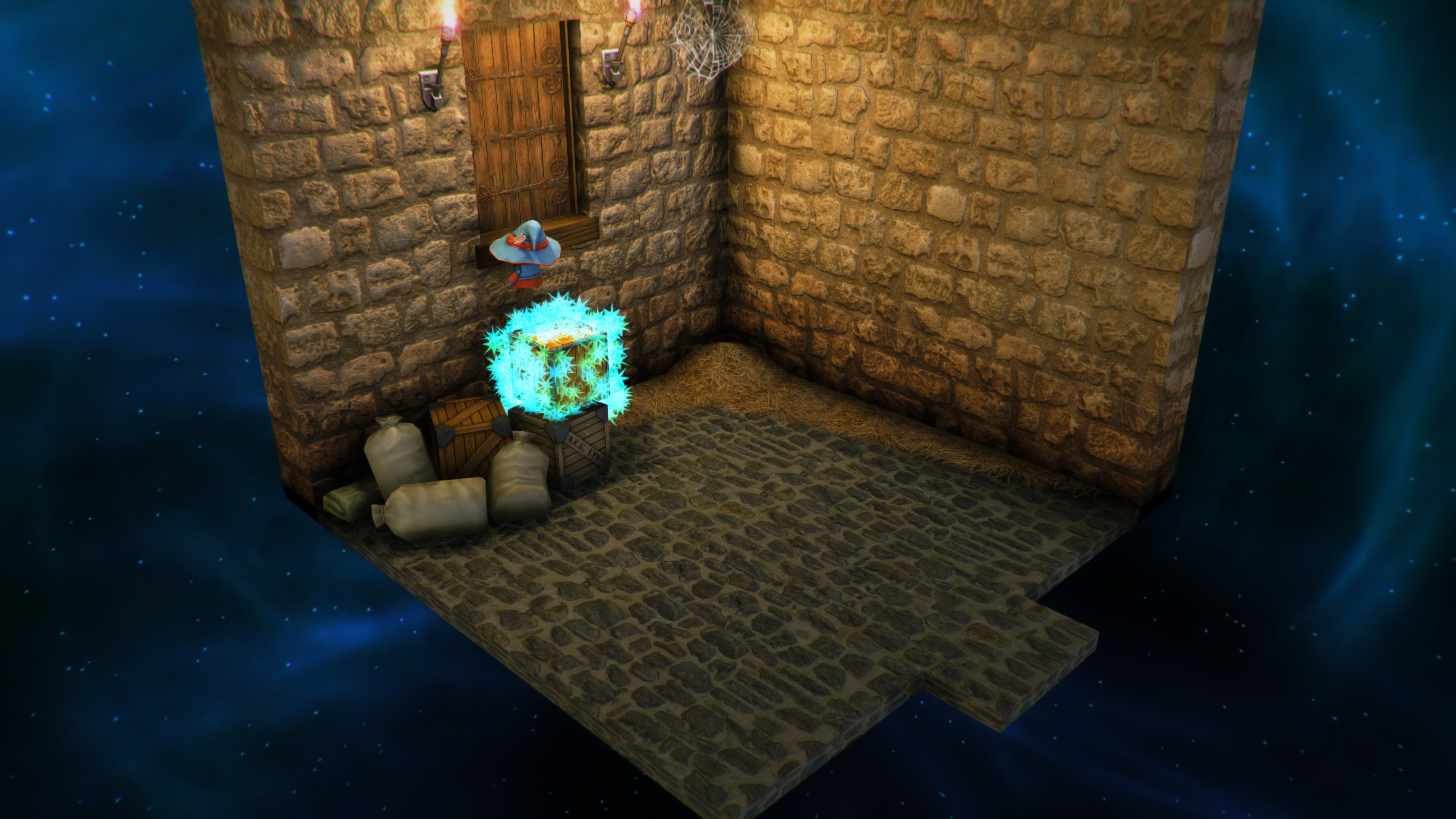
-
Lumo #16
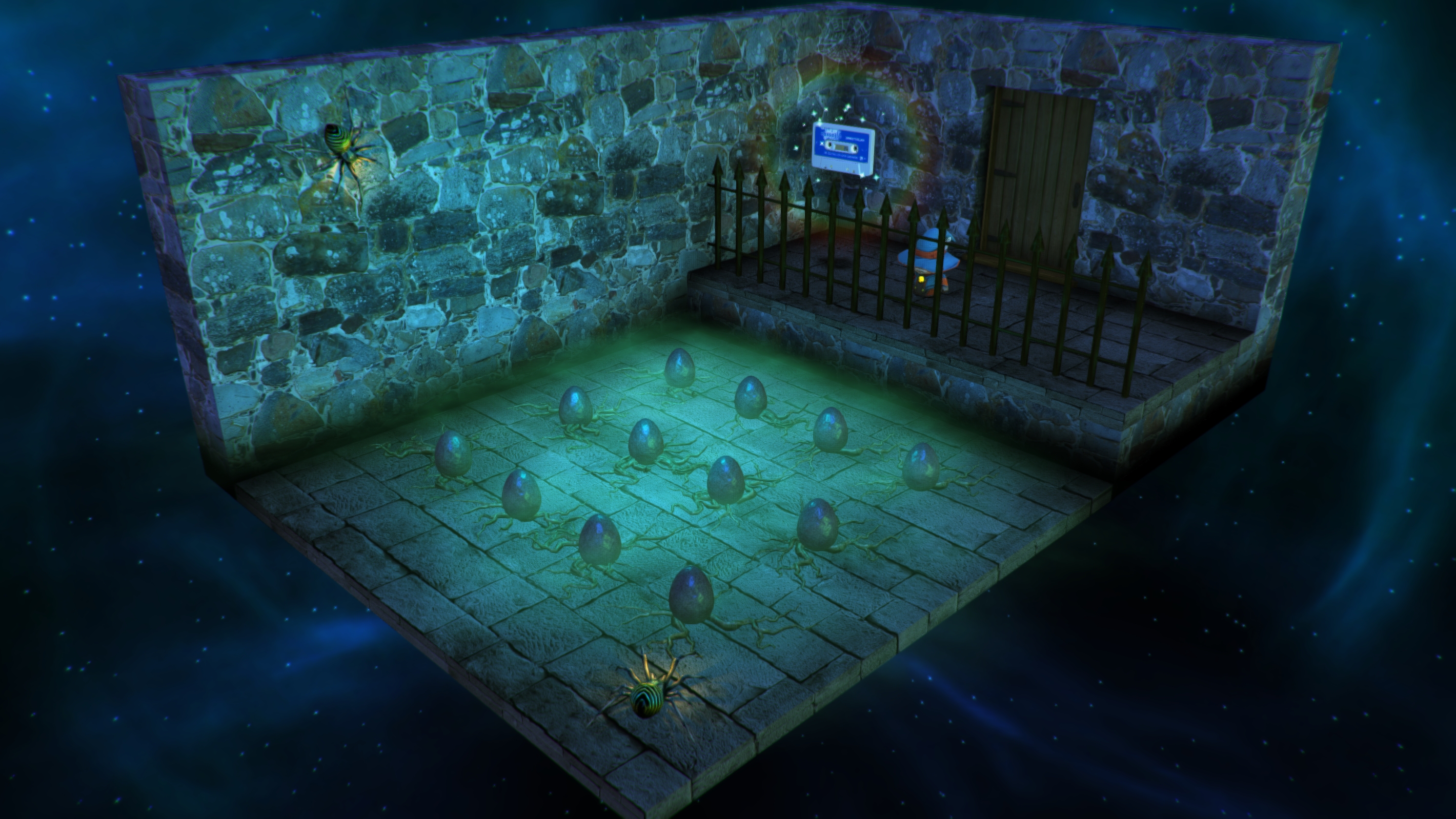
-
Lumo #17

-
Lumo #18

-
Lumo #19
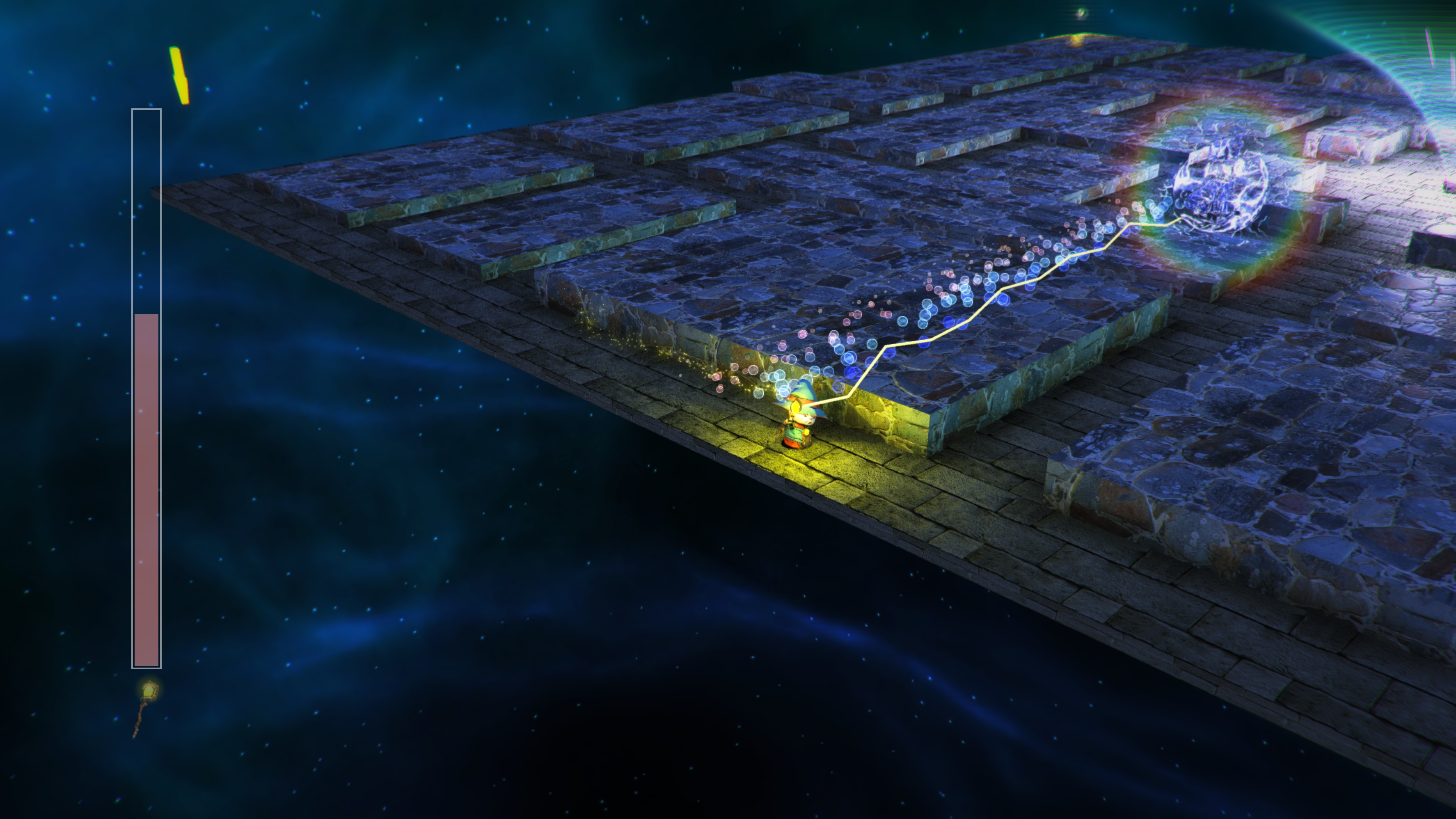
-
Lumo #20
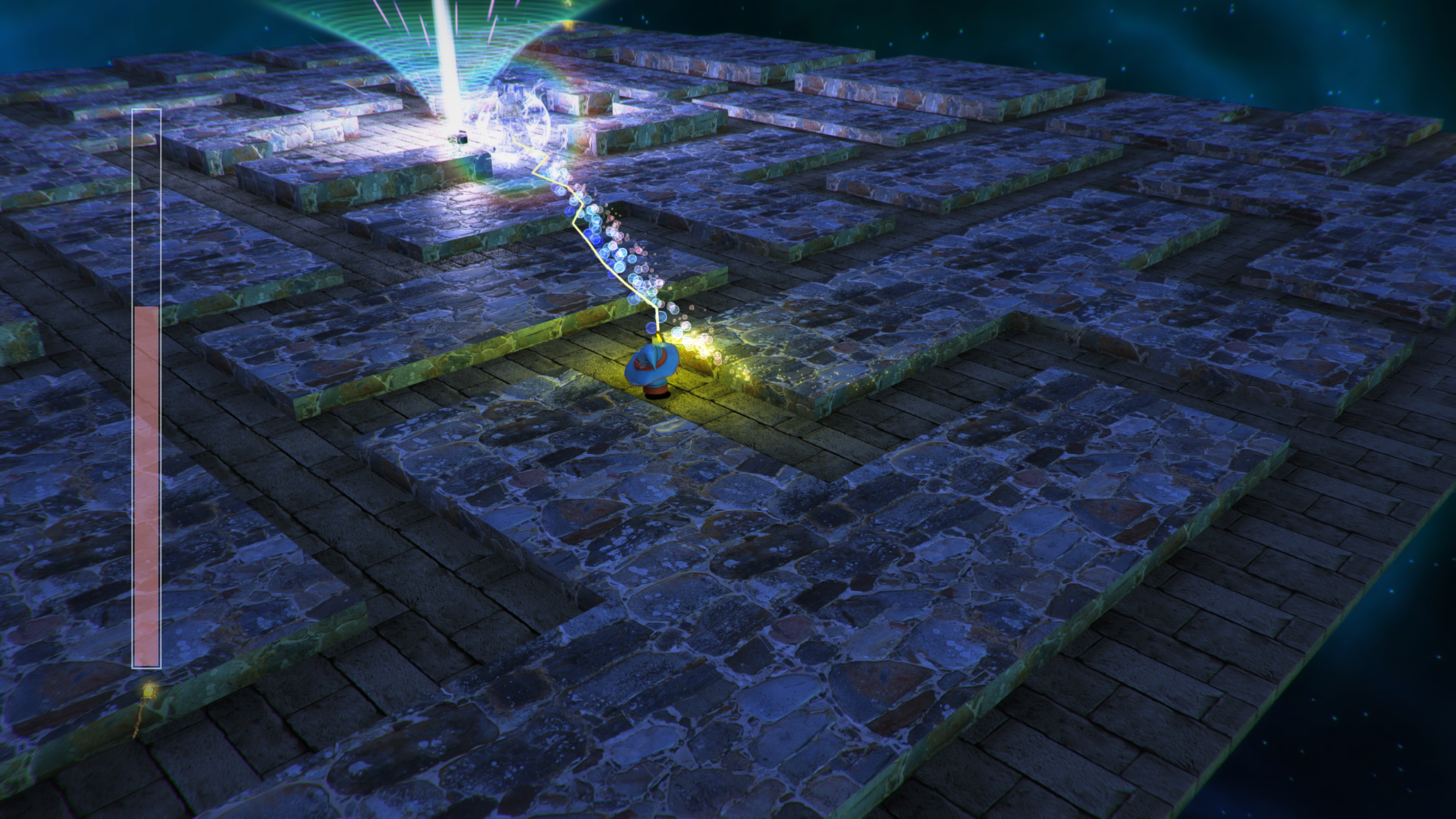
-
Lumo #21

-
Lumo #22
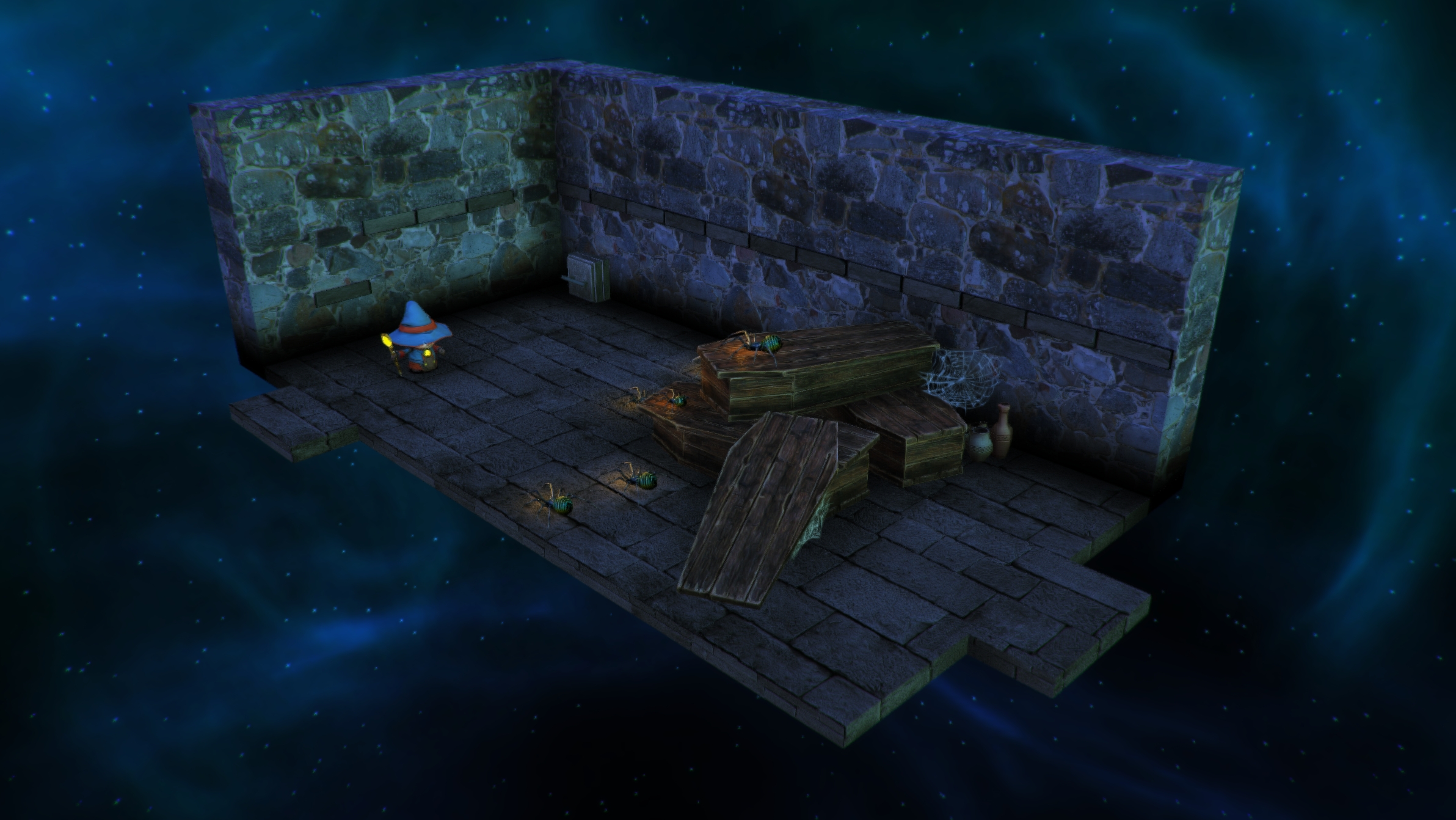
-
Lumo #23

-
Lumo #24

-
Lumo #25

-
Lumo #26
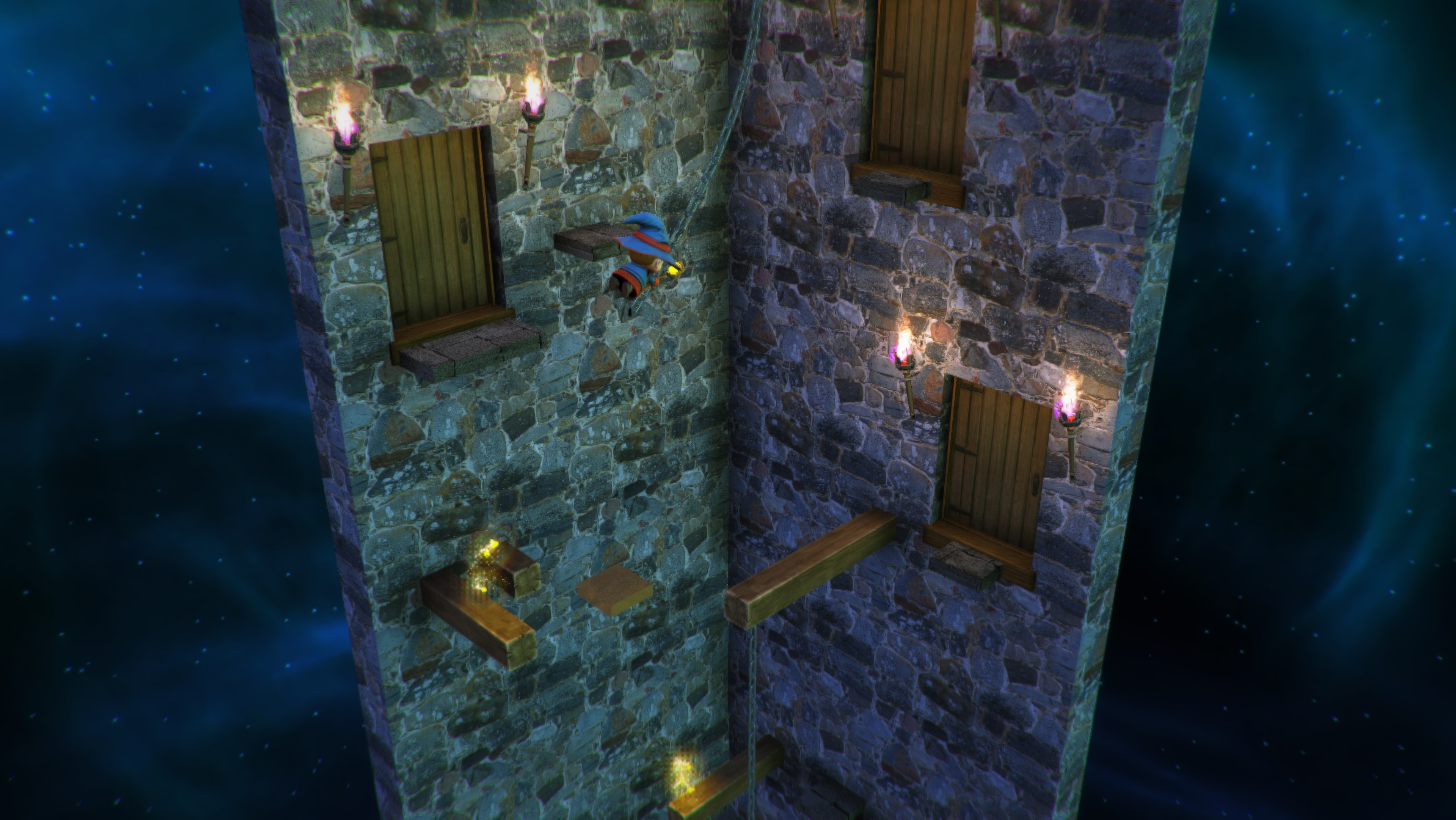
-
Lumo #27
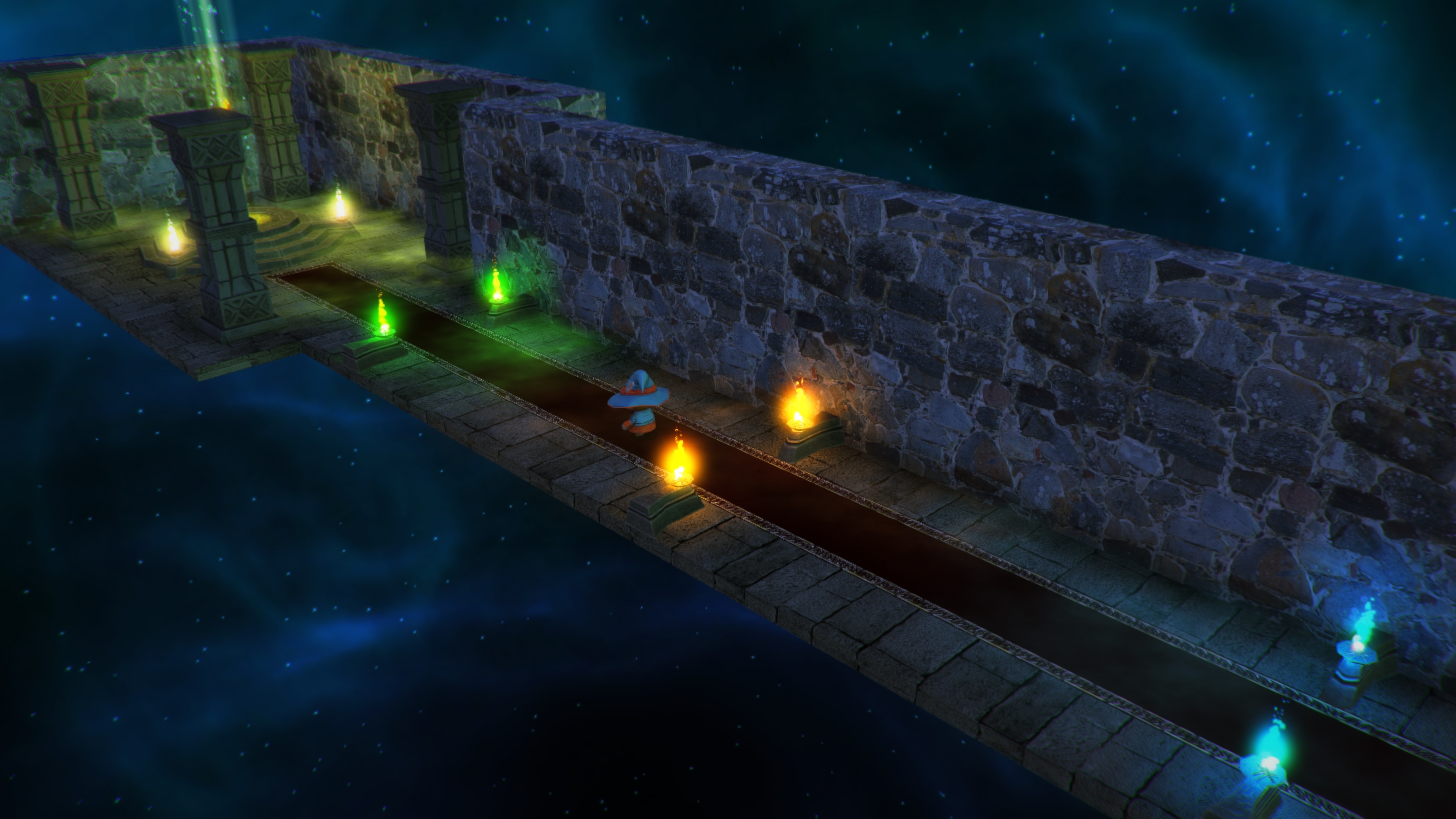
-
Lumo #28

-
Lumo #29

-
Lumo #30
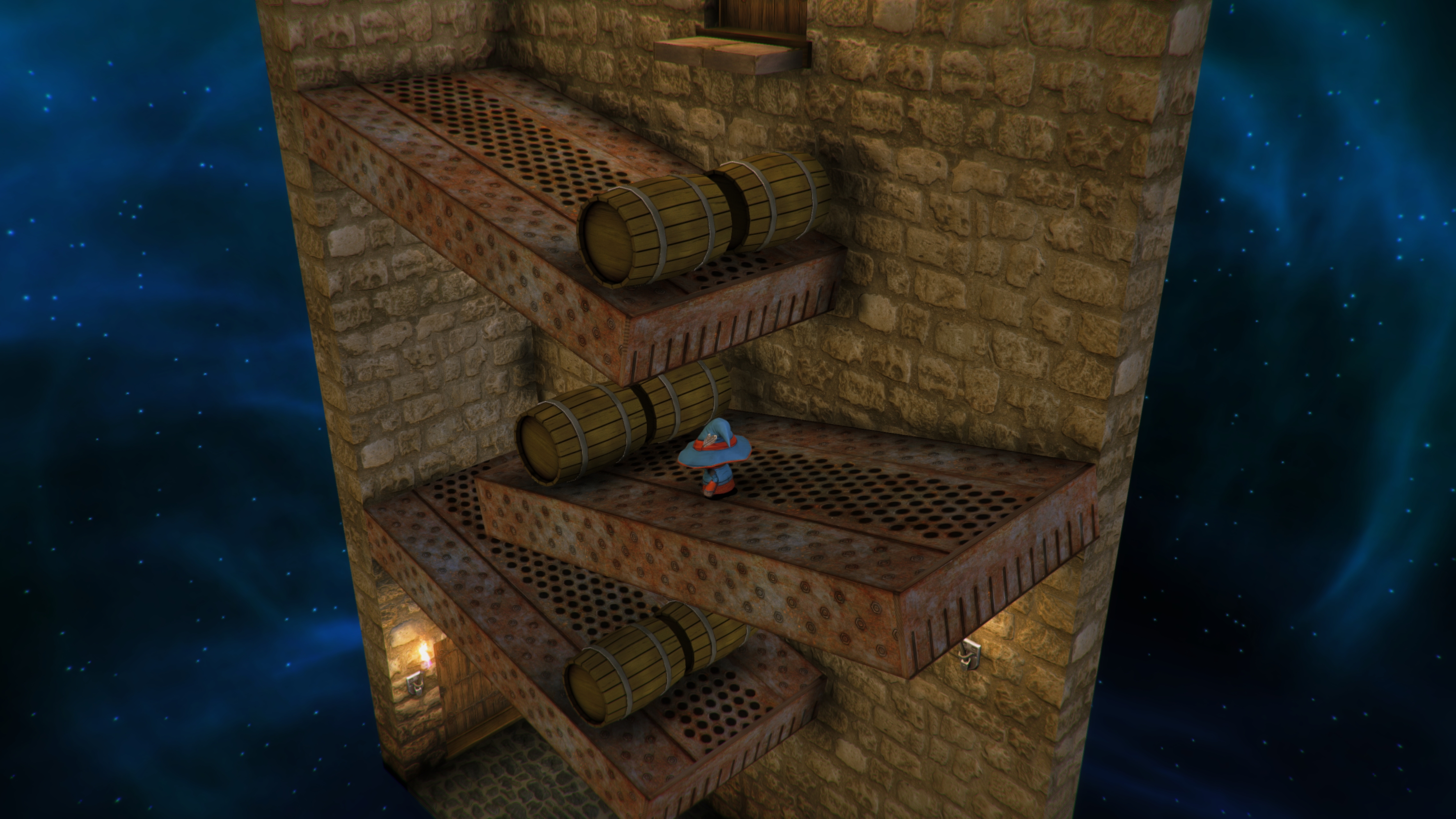
-
Lumo #31
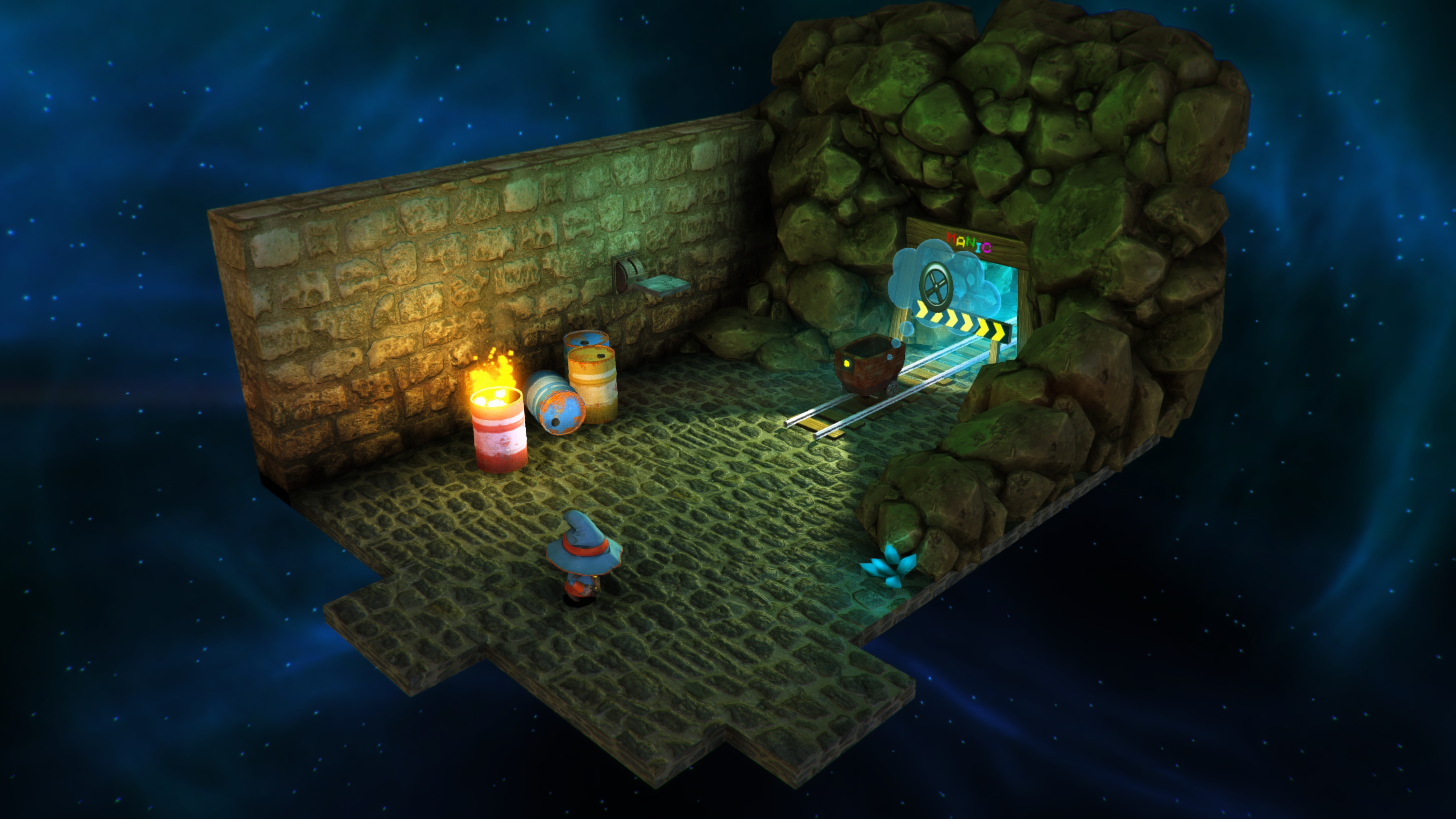
-
Lumo #32
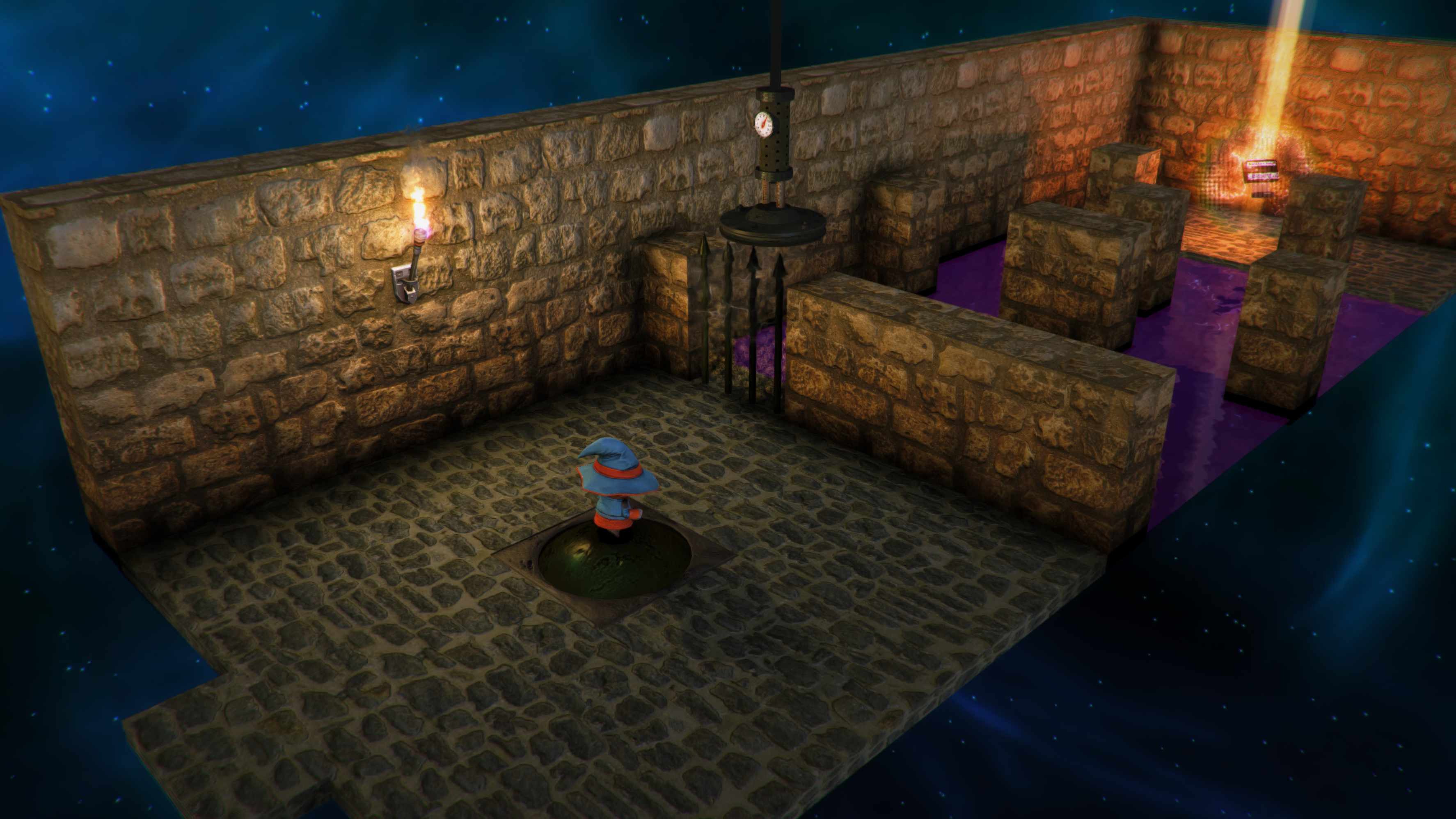
-
Lumo #33
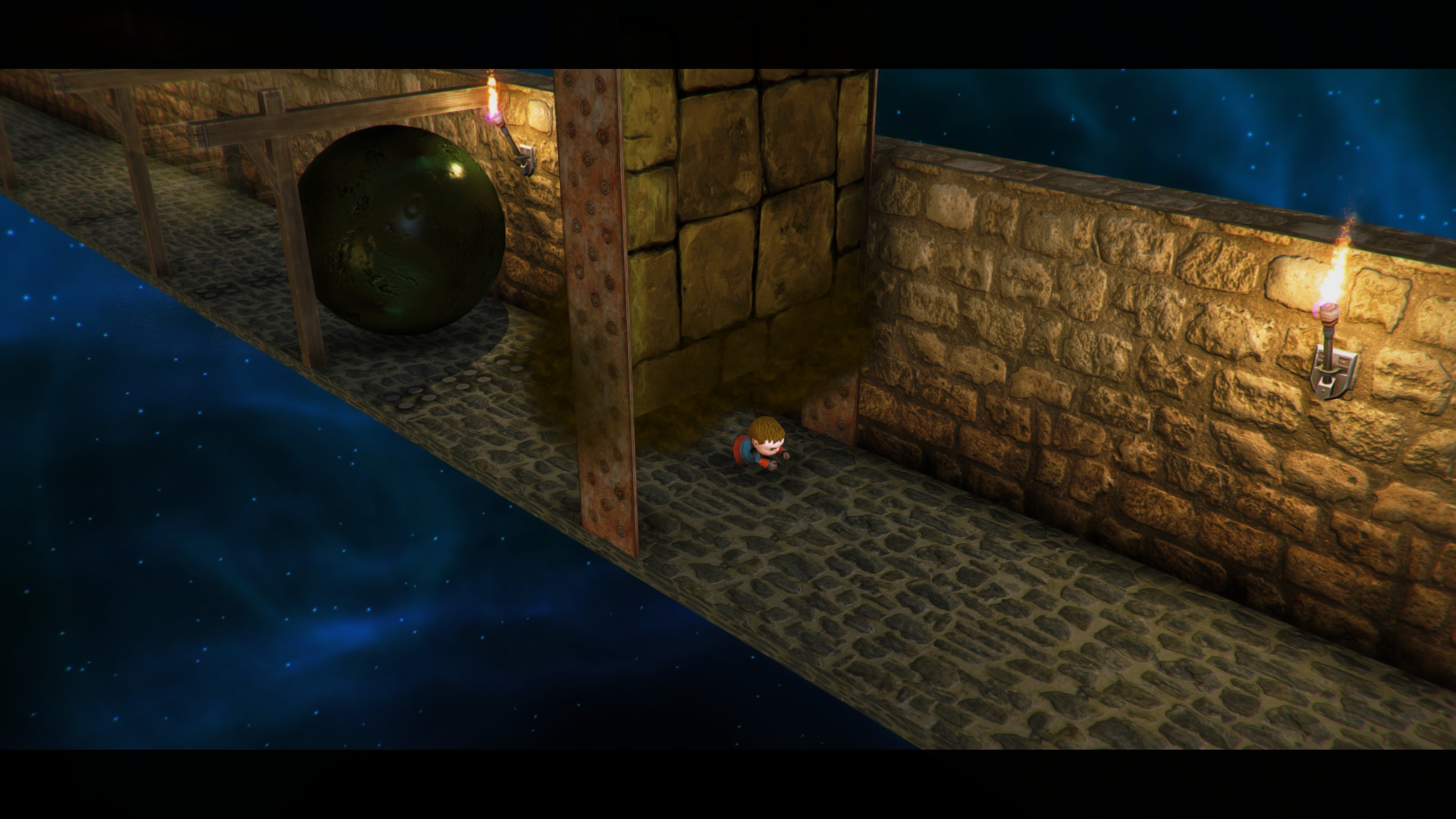
-
Lumo #34
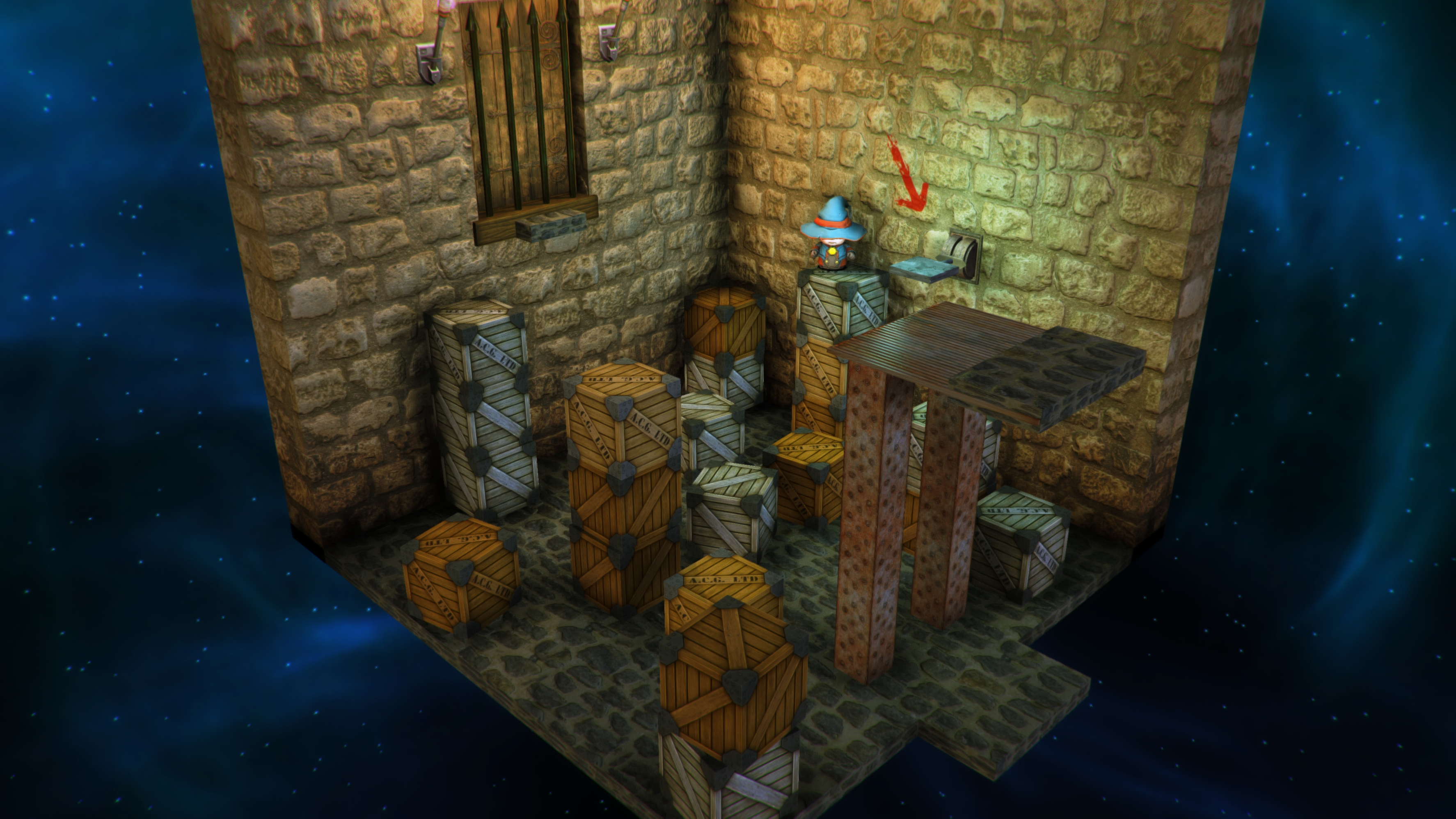
-
Lumo #35
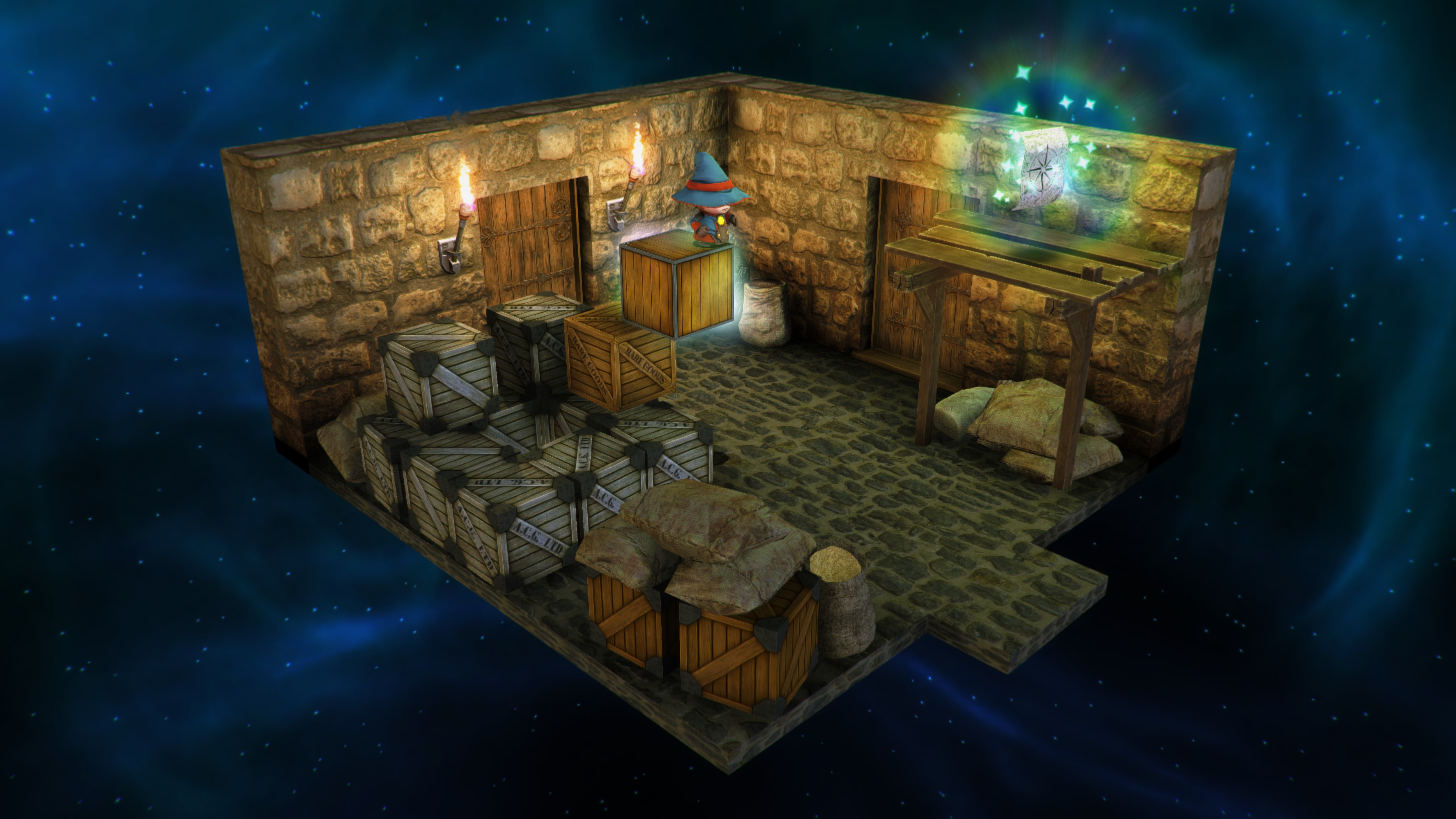
-
Lumo #36
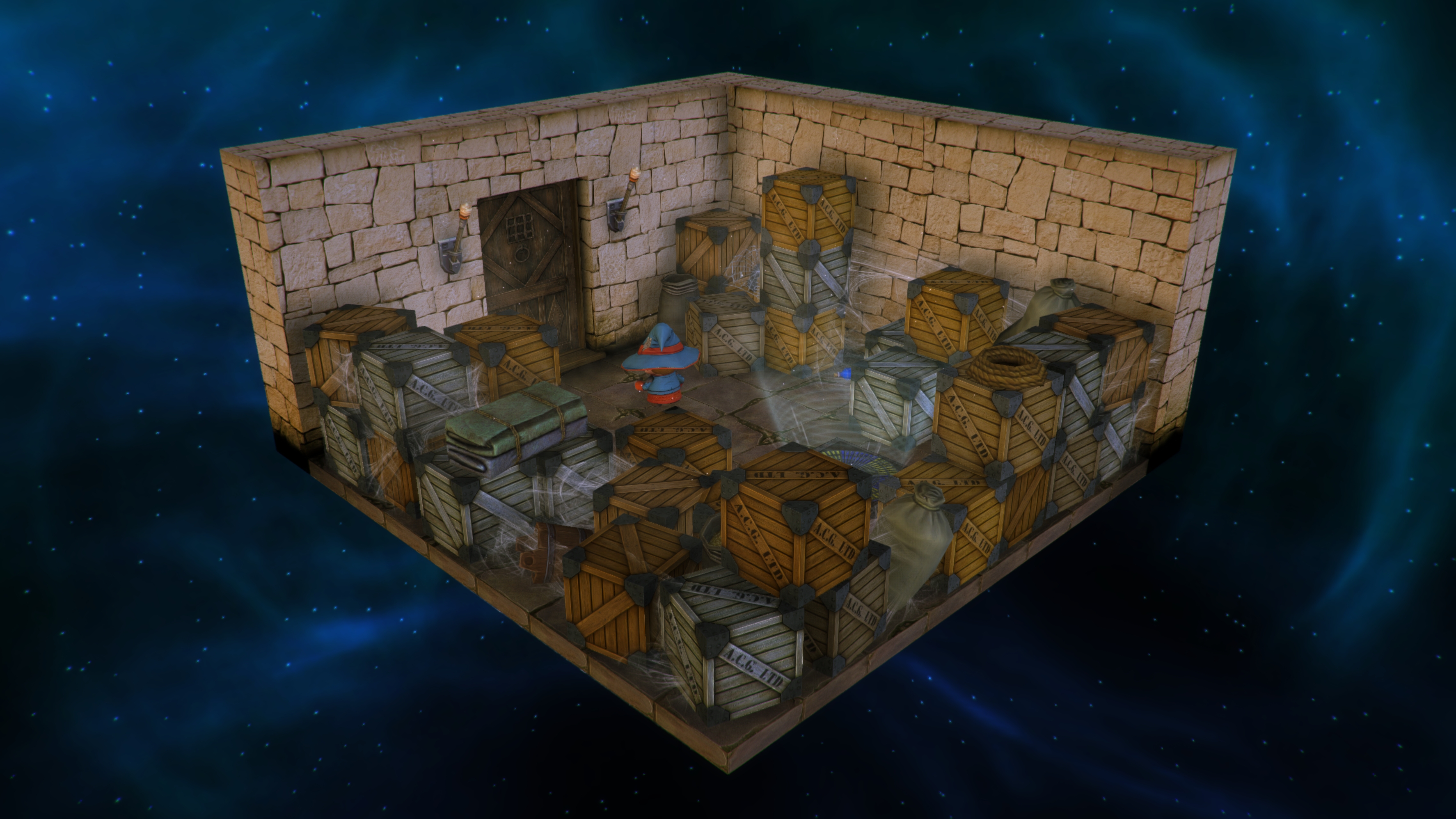
-
Lumo #37
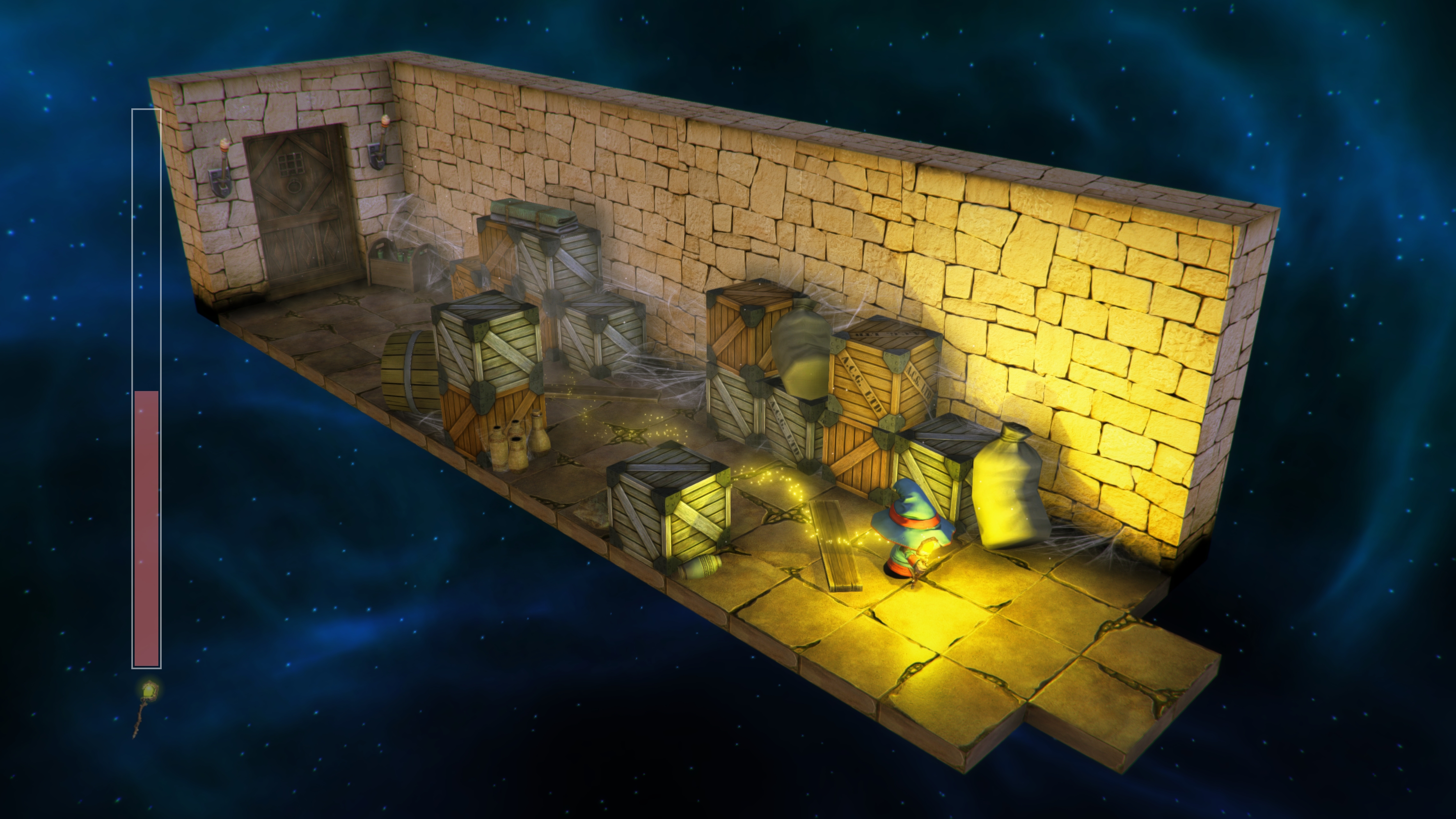
-
Lumo #38

-
Lumo #39

-
Lumo #40
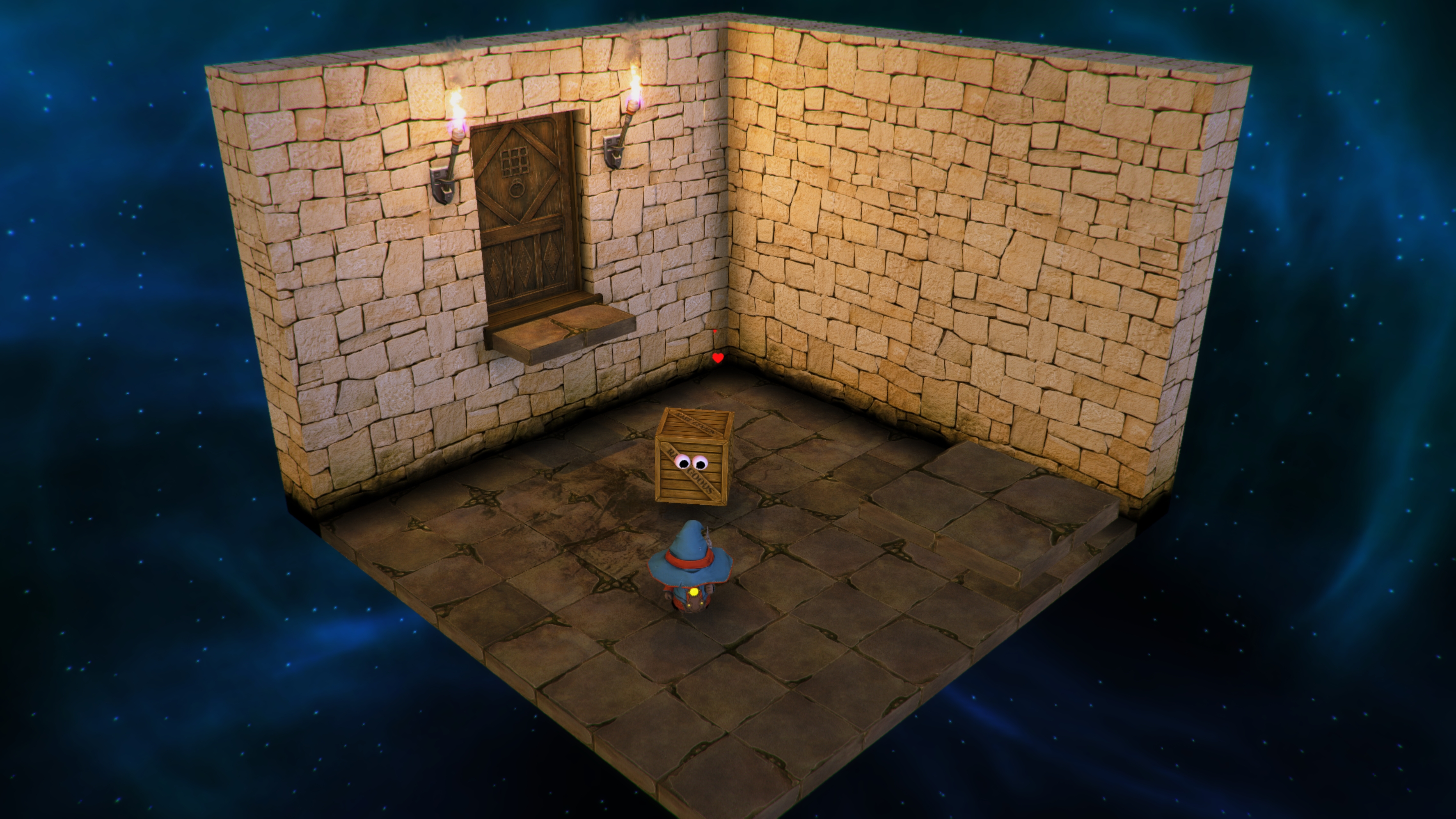
-
Lumo #41
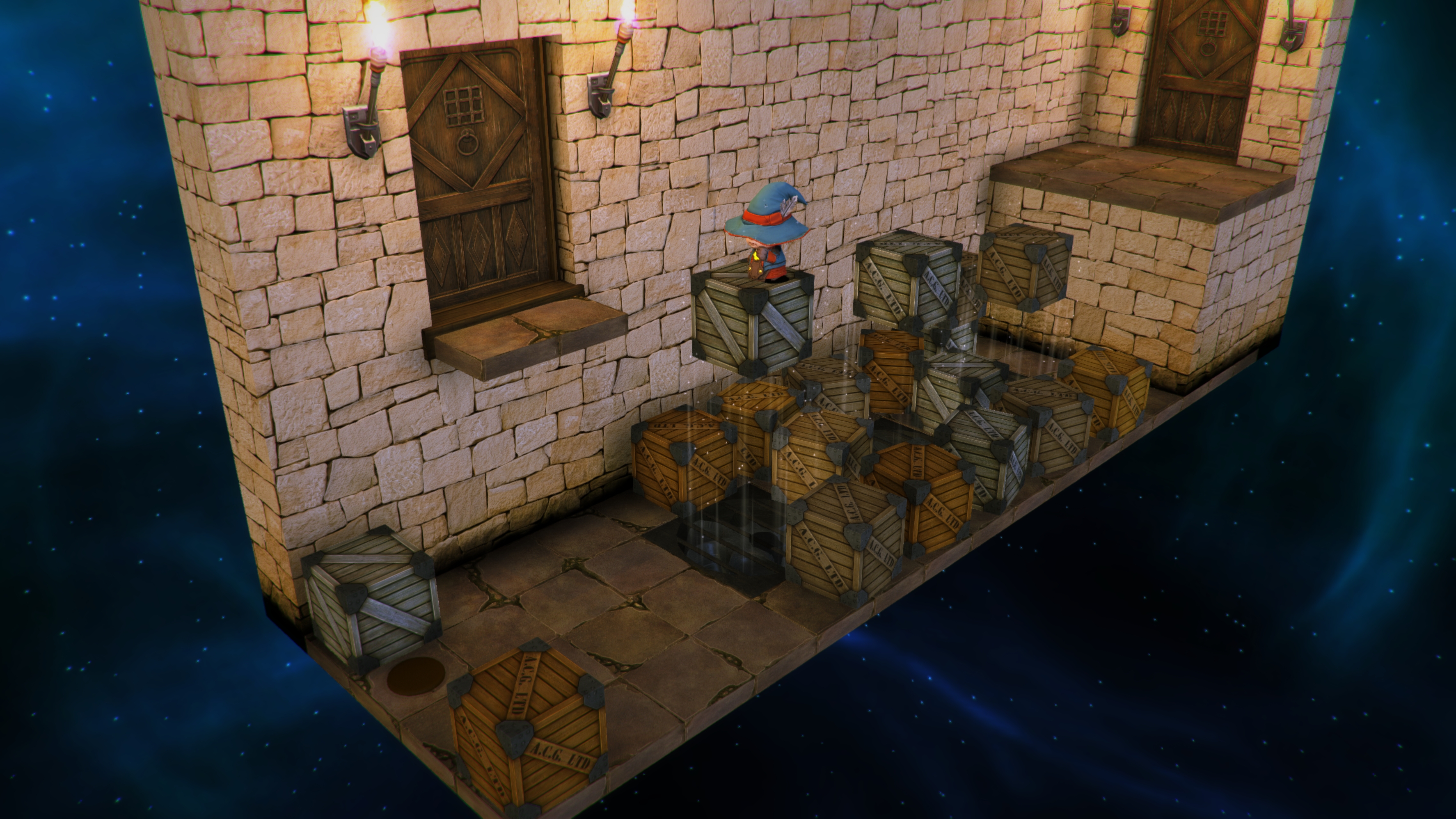
-
Lumo #42

-
Lumo #43
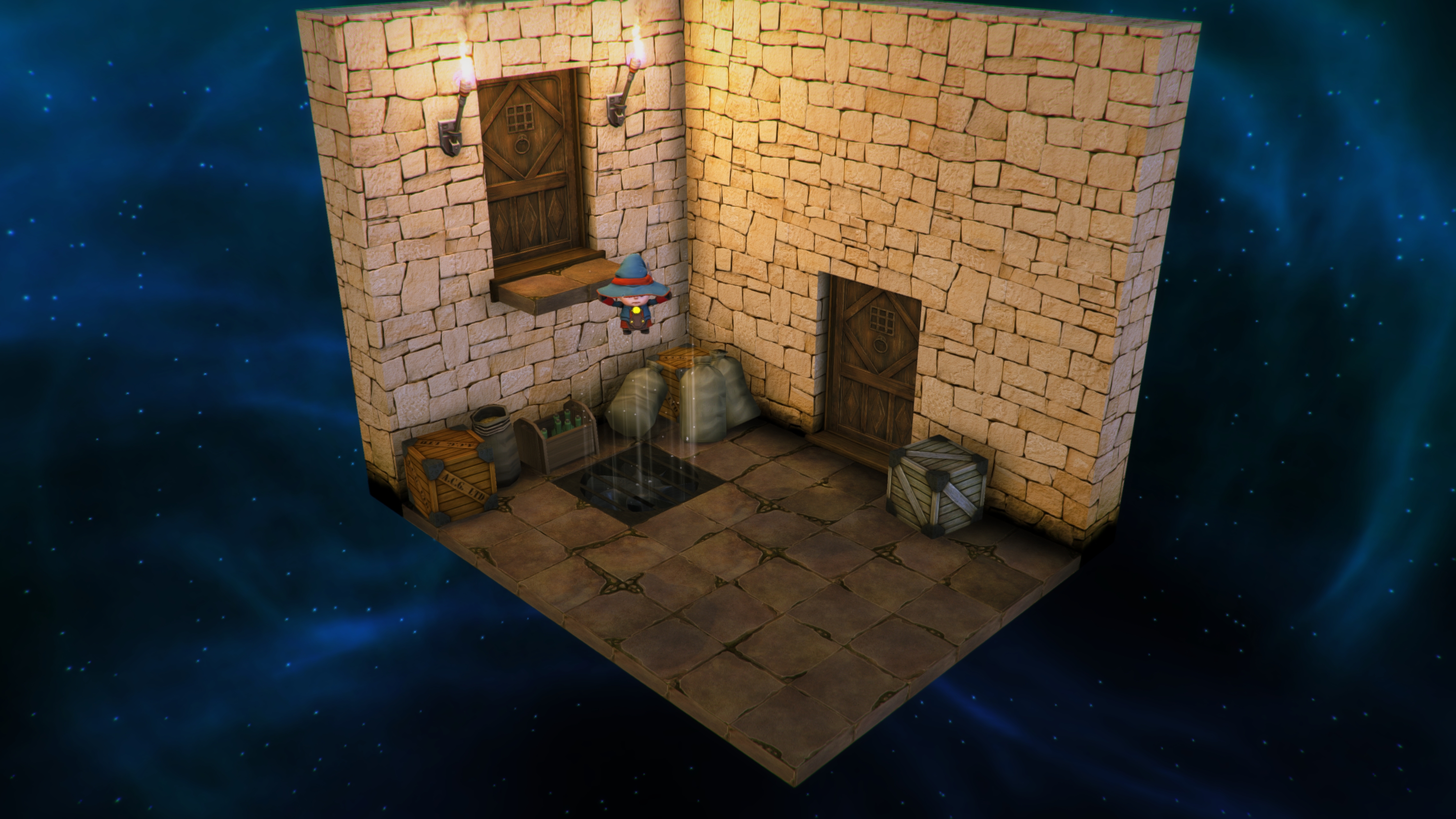
-
Lumo #44
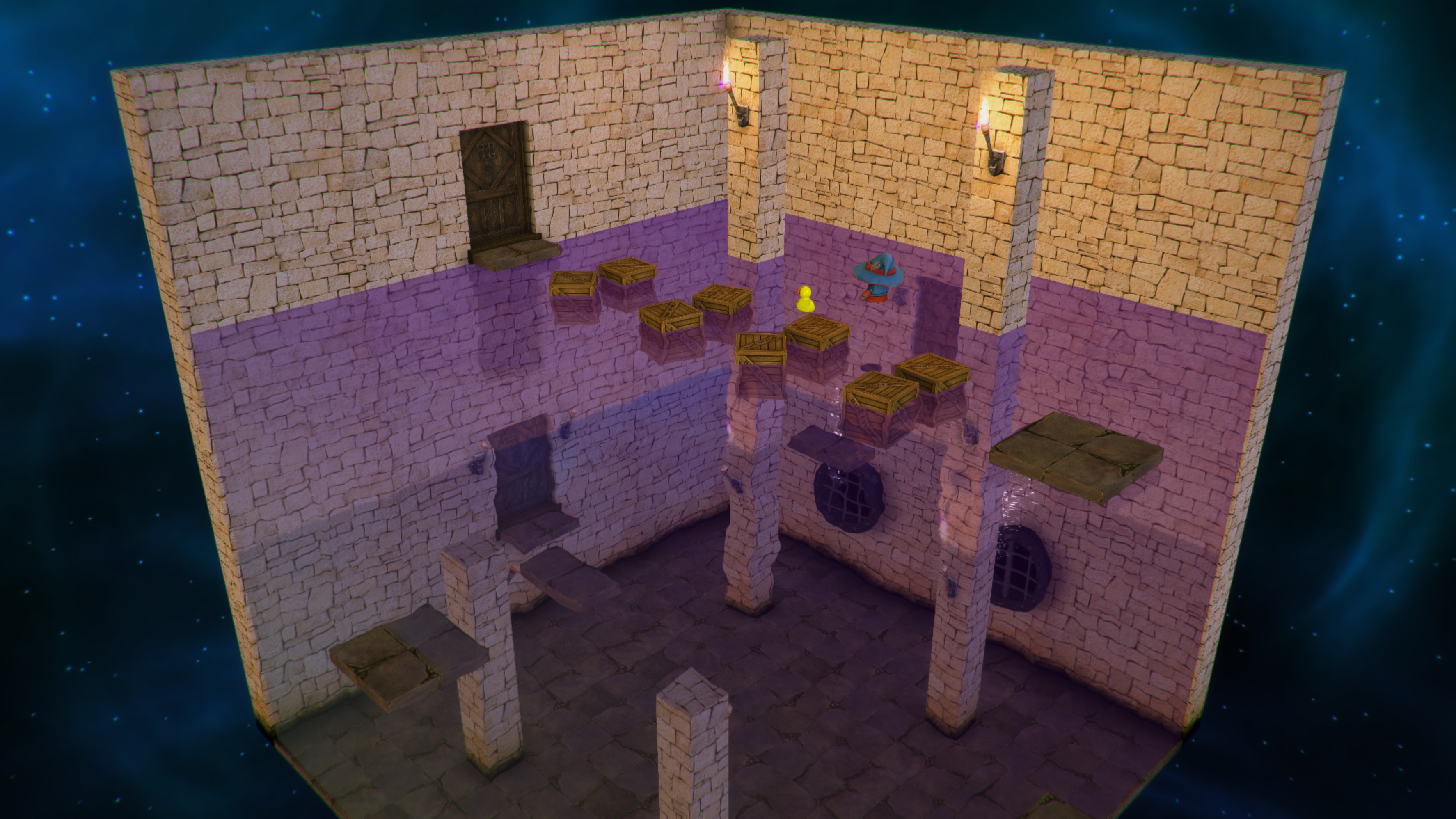
-
Lumo #45
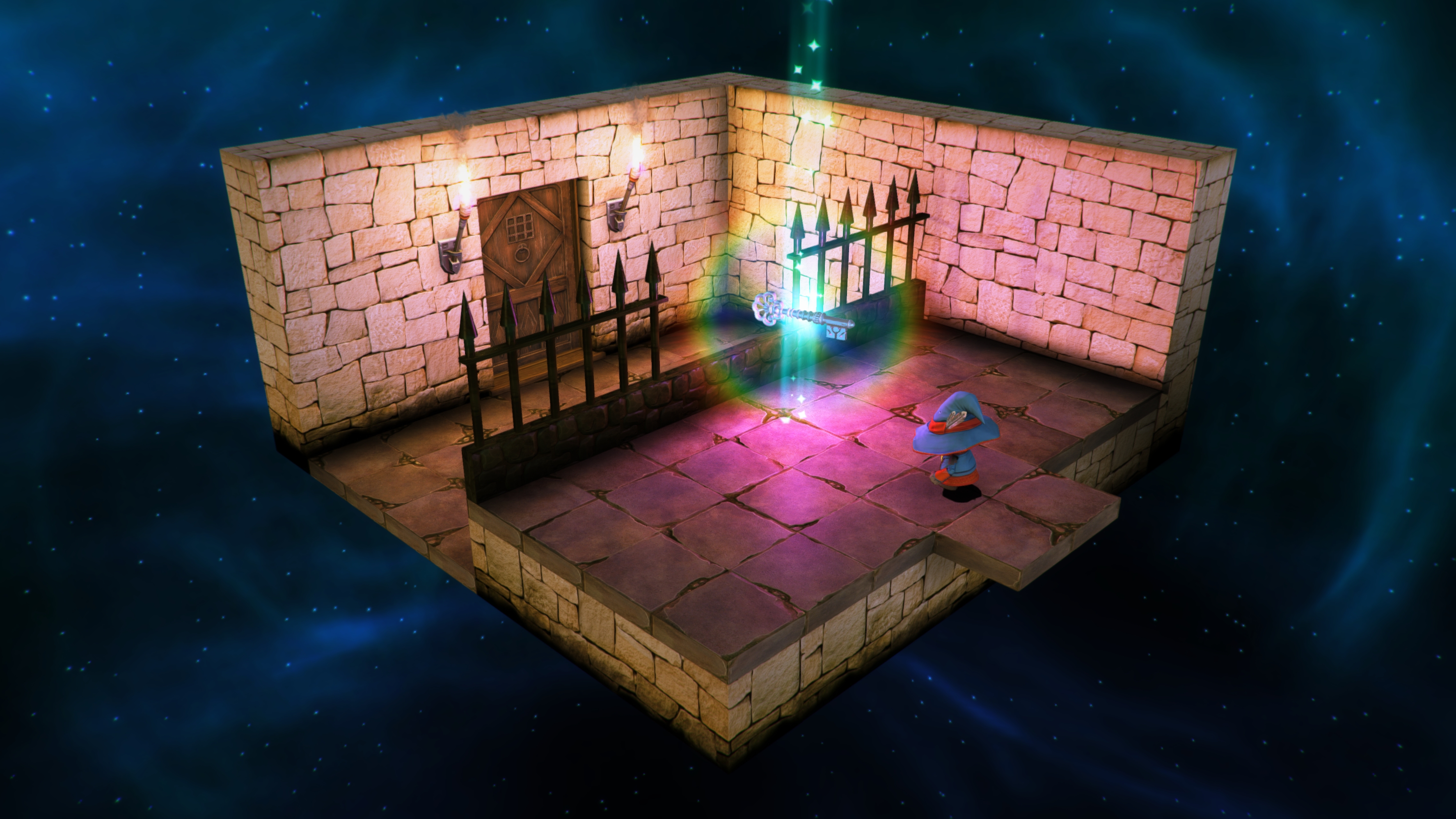
-
Lumo #46

-
Lumo #47

-
Lumo #48
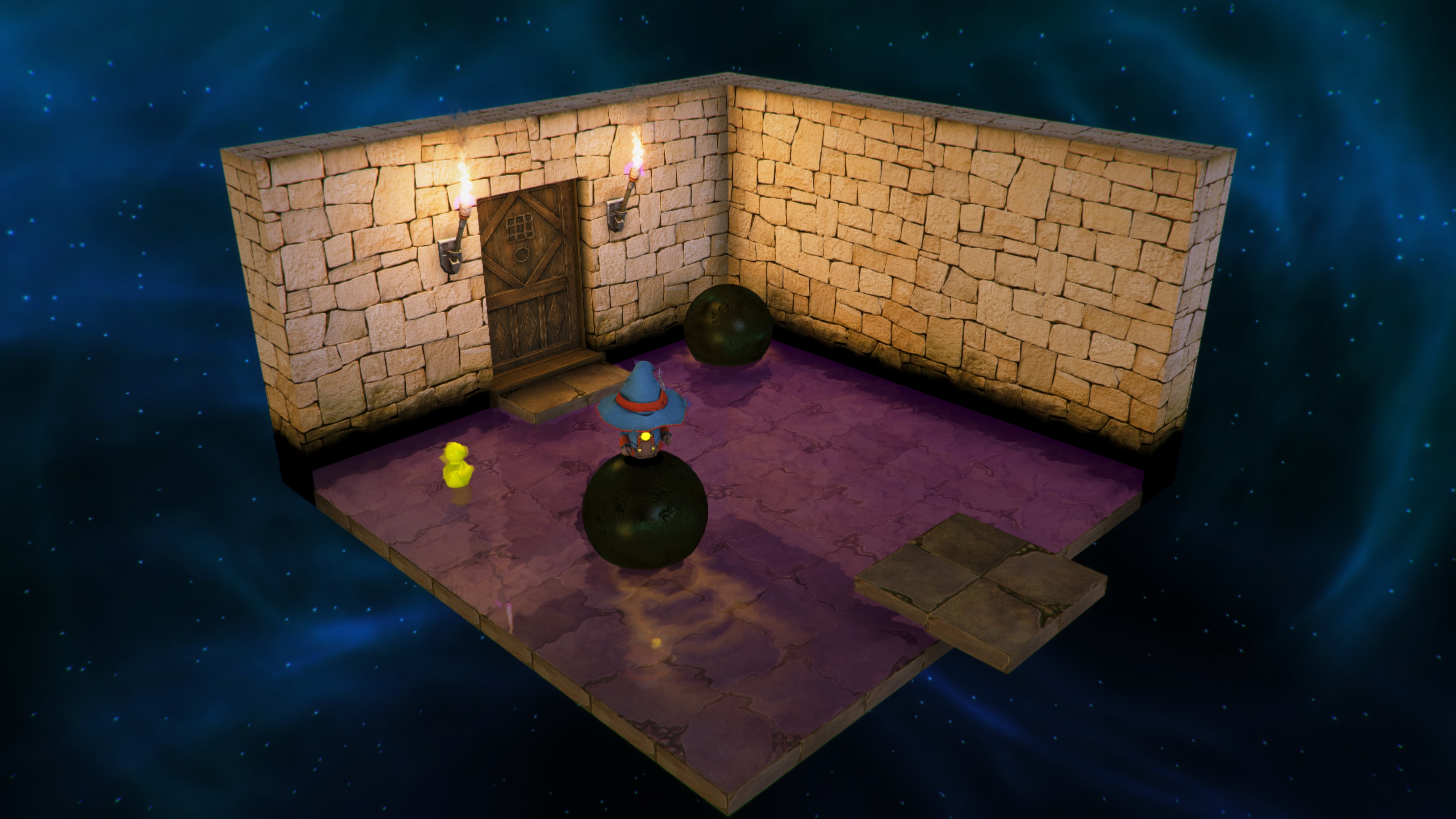
-
Lumo #49
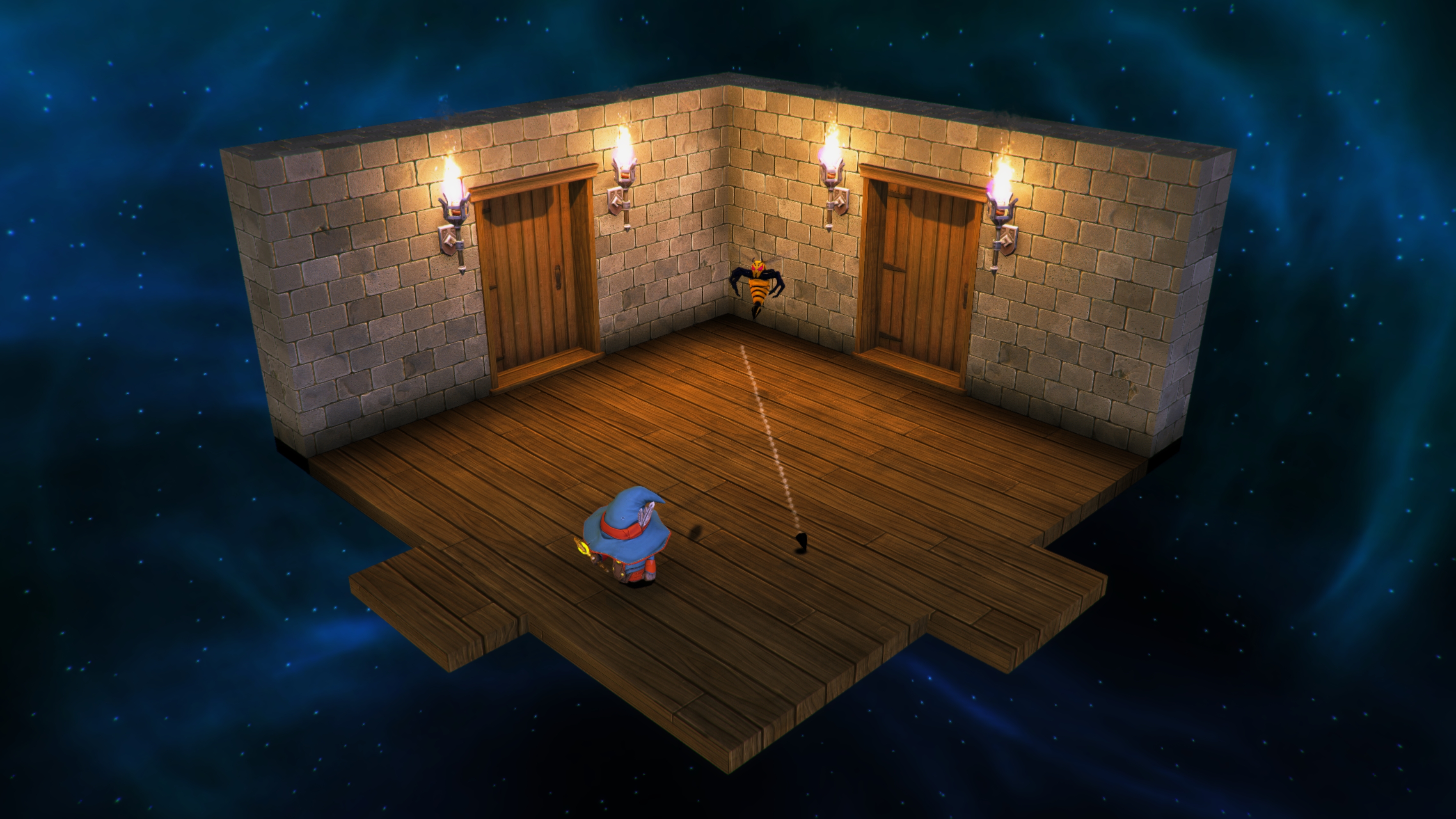
-
Lumo #50
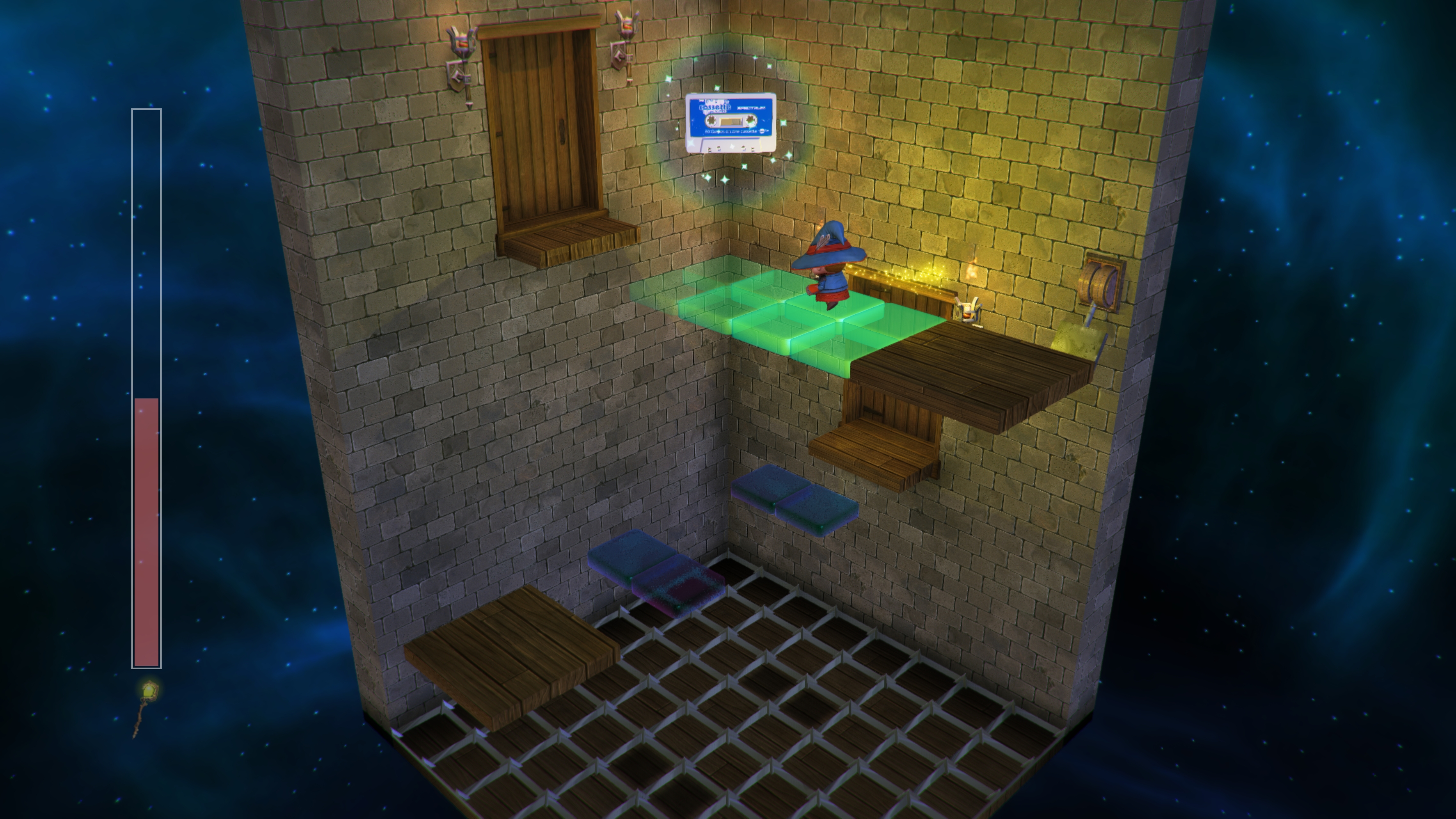
-
Lumo #51

-
Lumo #52

-
Lumo #53
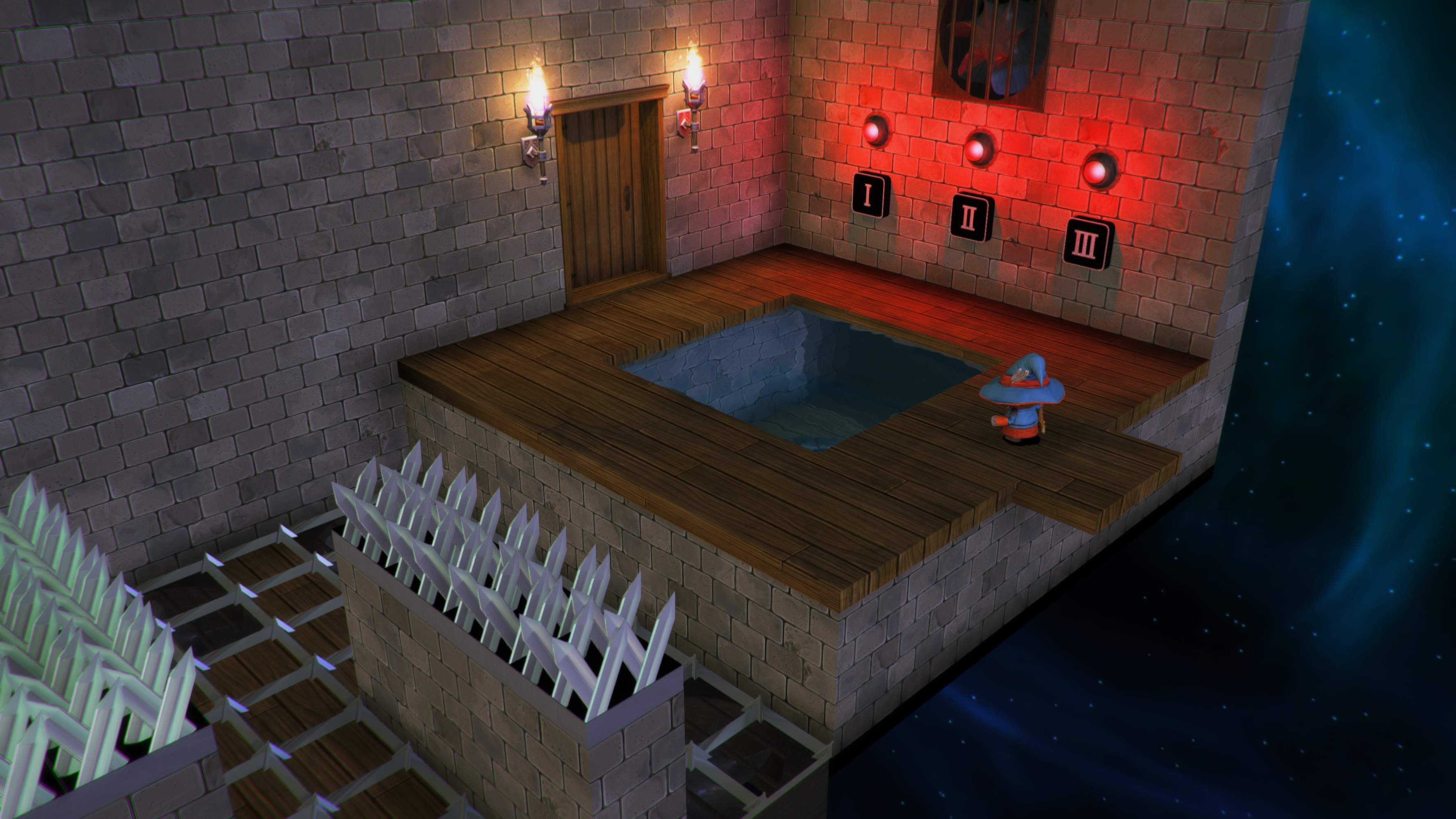
-
Lumo #54
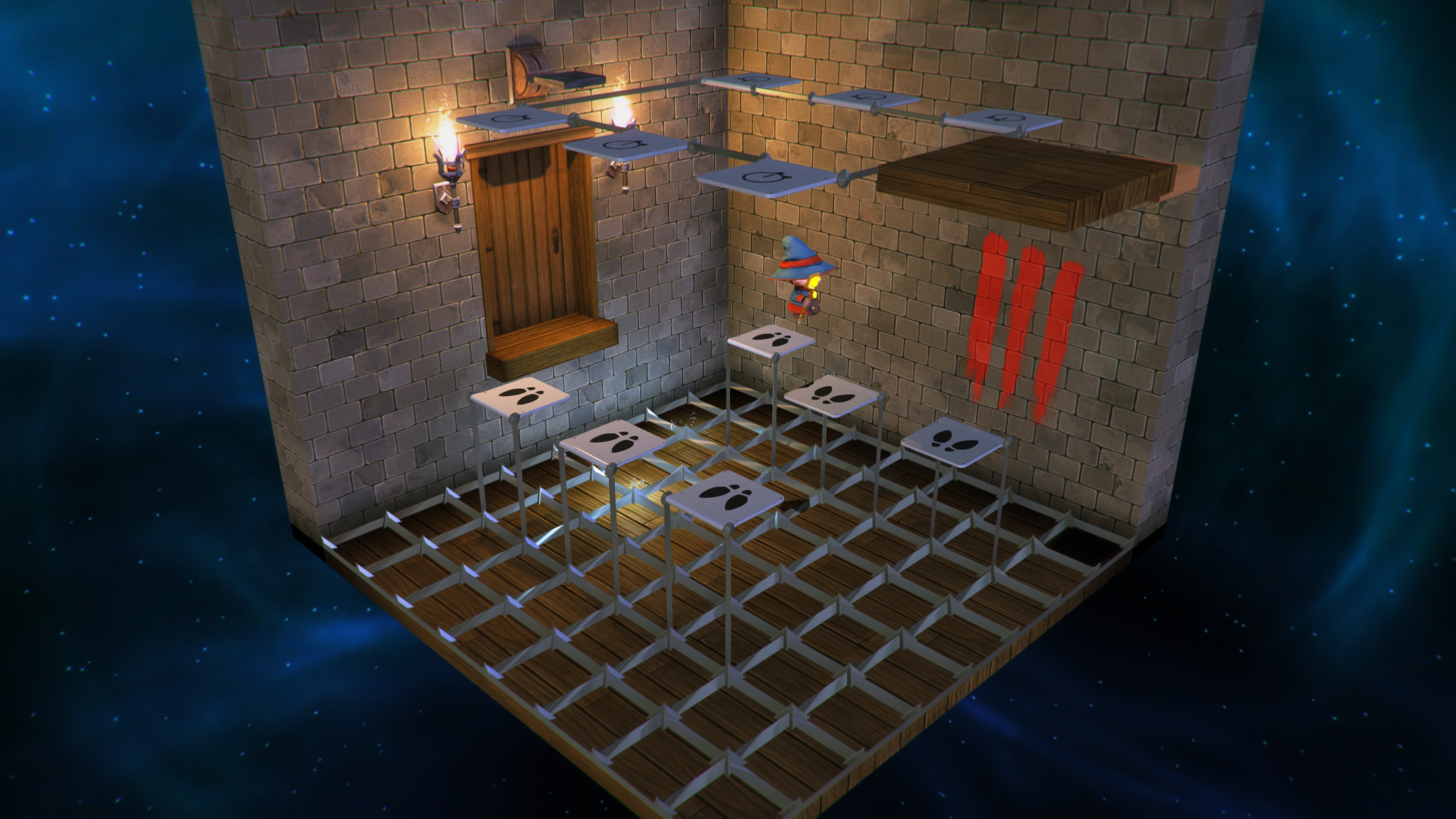
-
Lumo #55
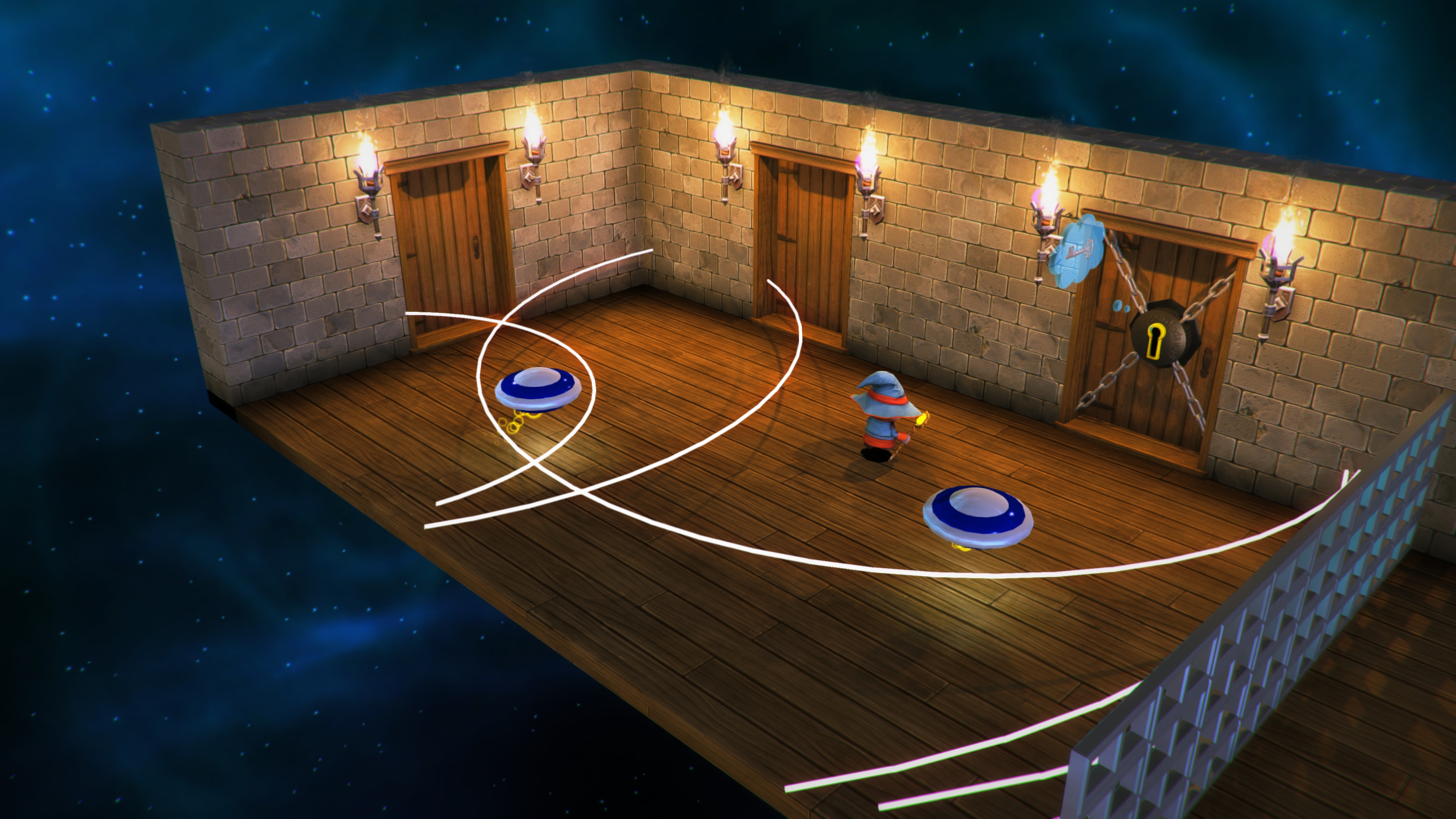
-
Lumo #56
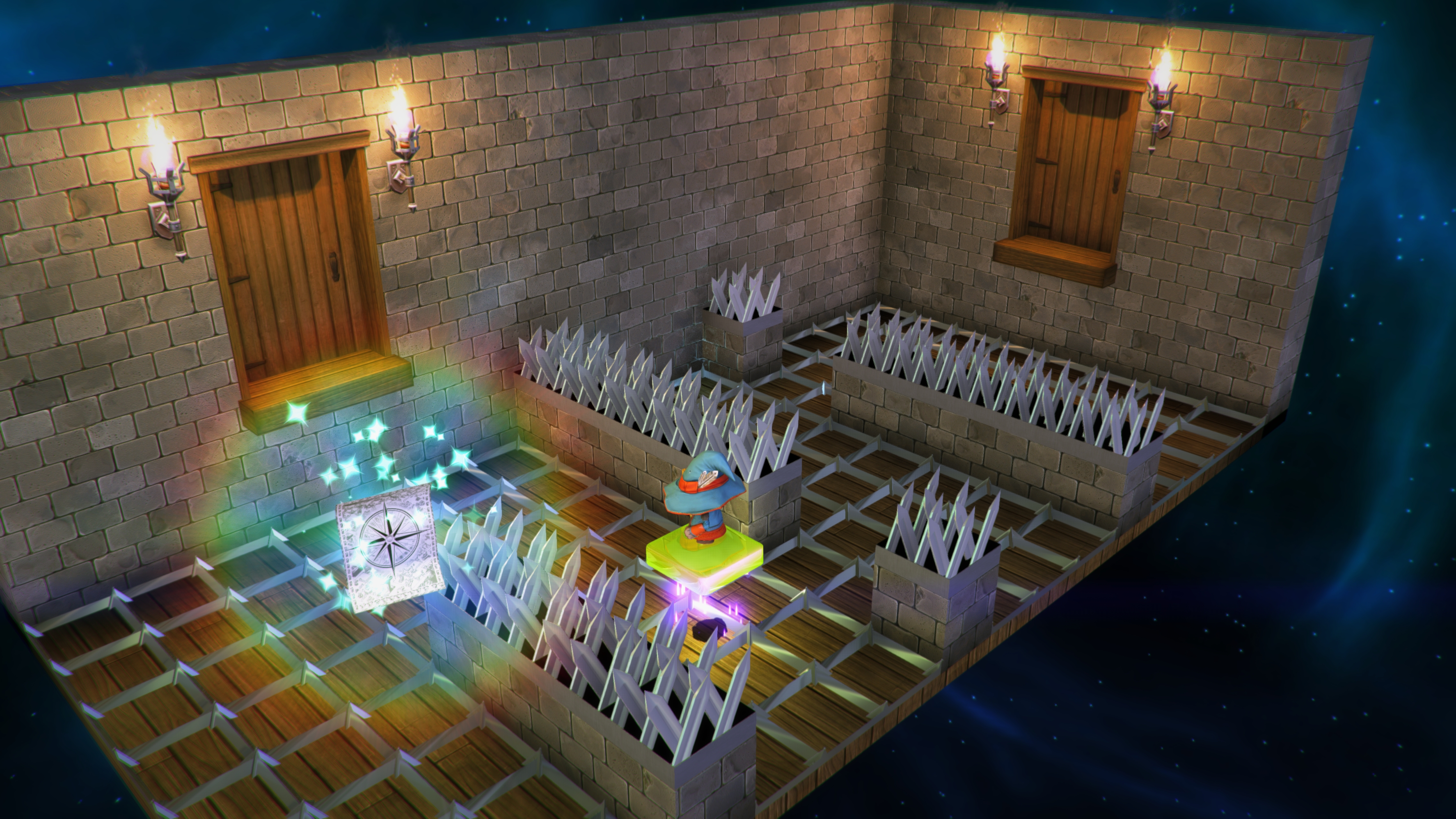
-
Lumo #57

-
Lumo #58
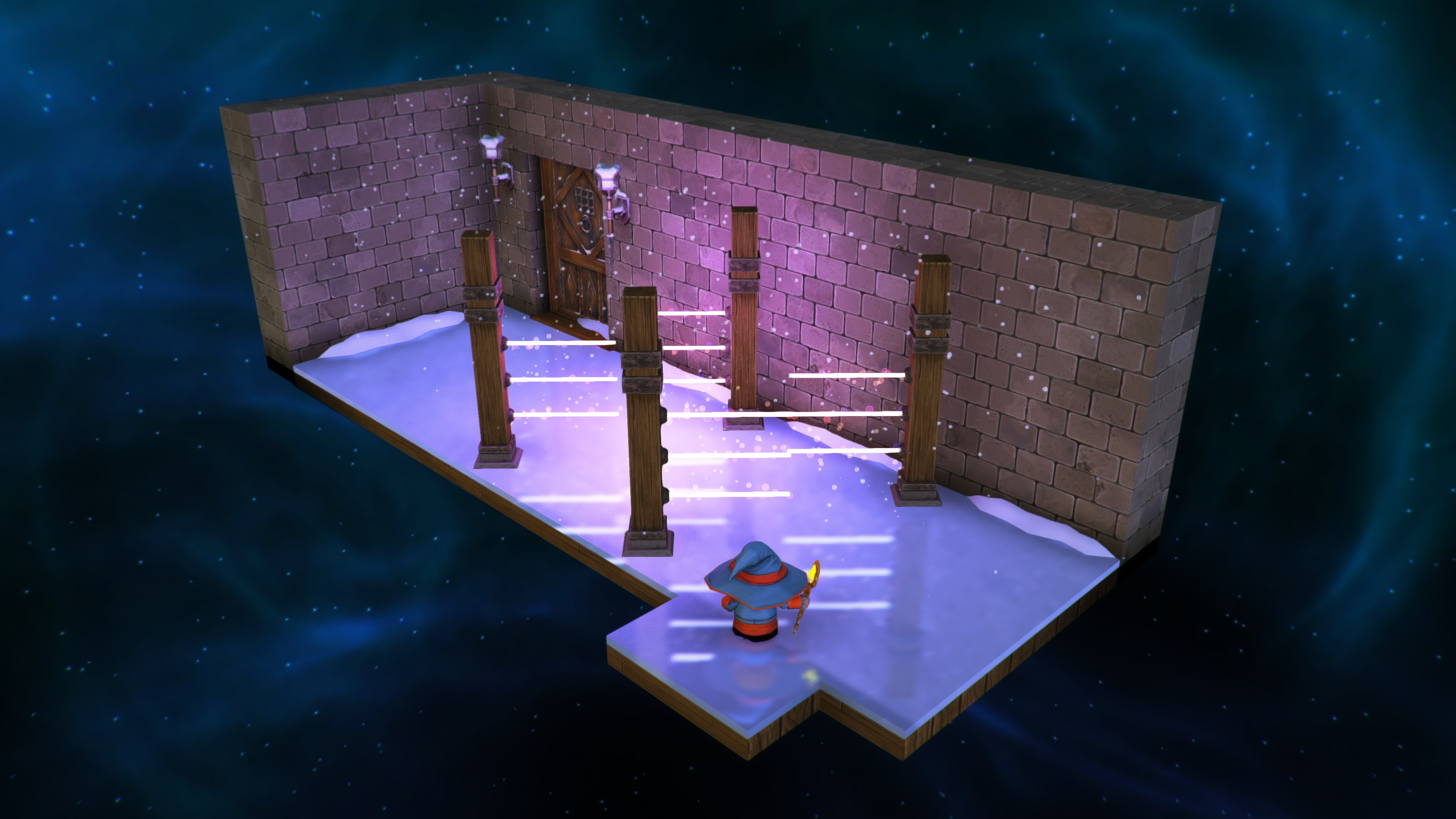
-
Lumo #59
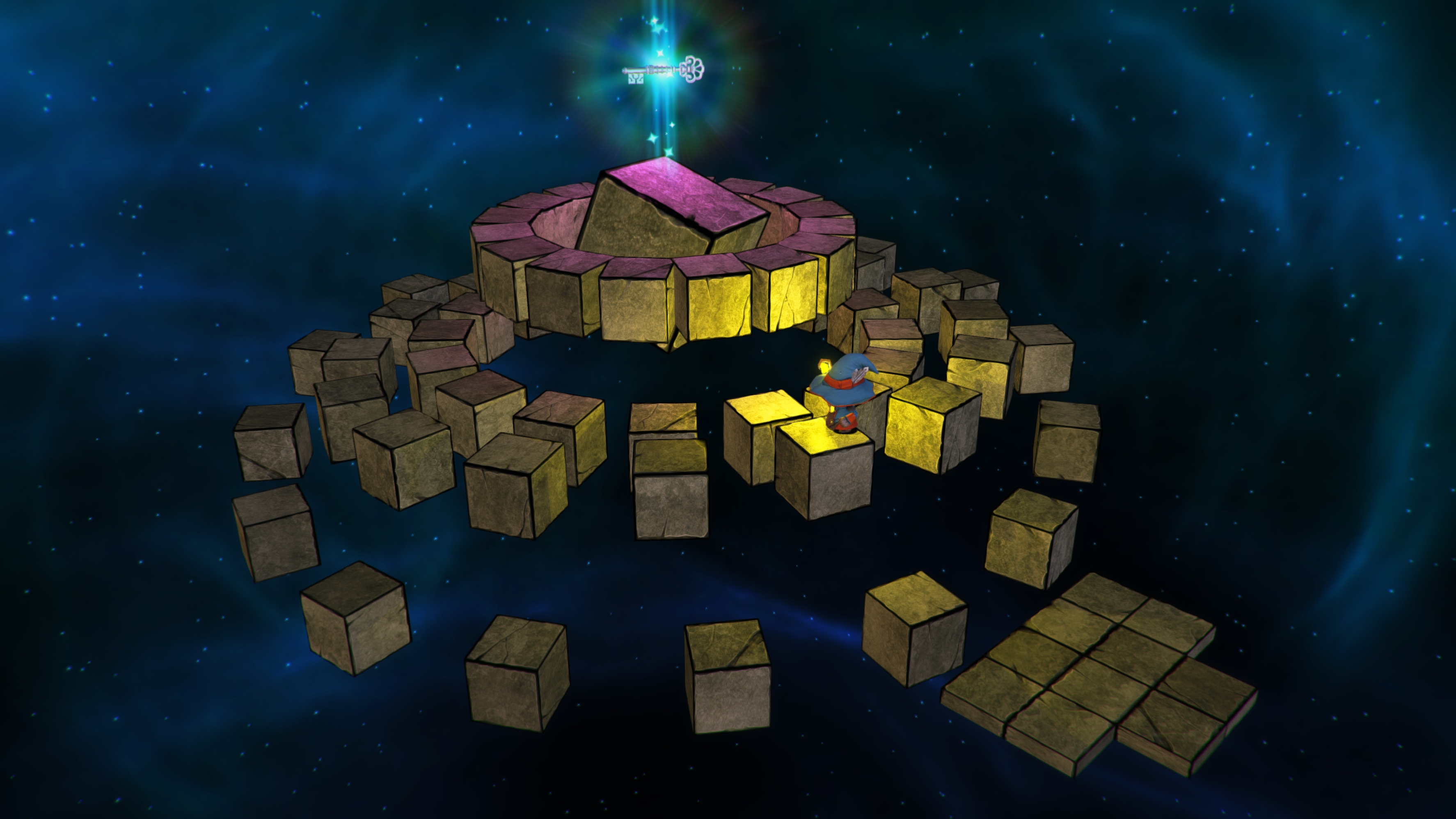
-
Lumo #60

-
Lumo #61

-
Lumo #62

-
Lumo #63
